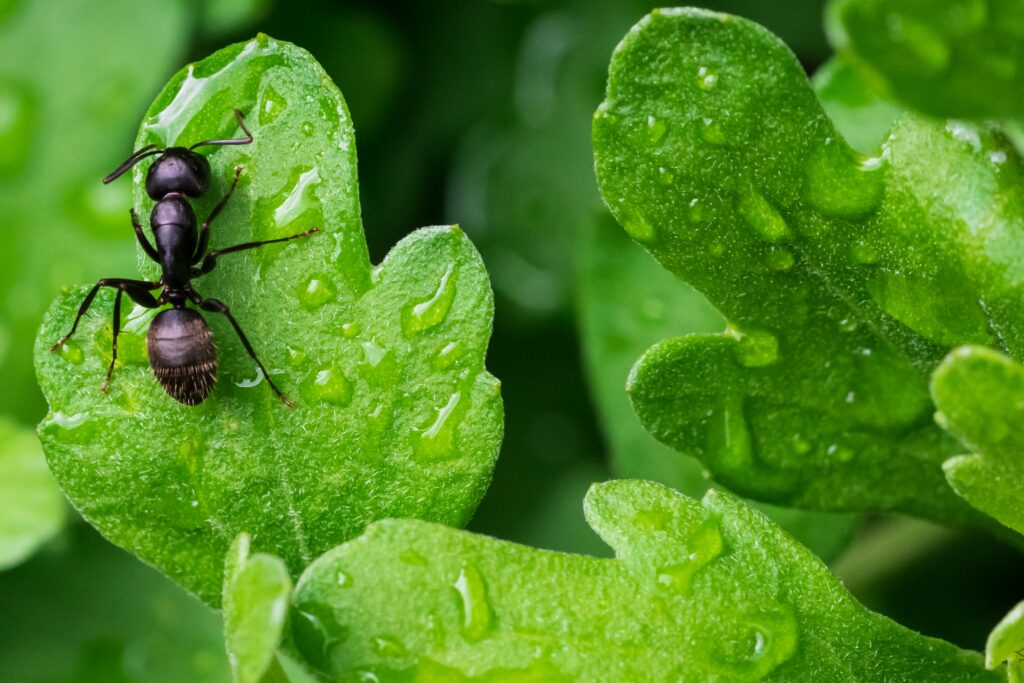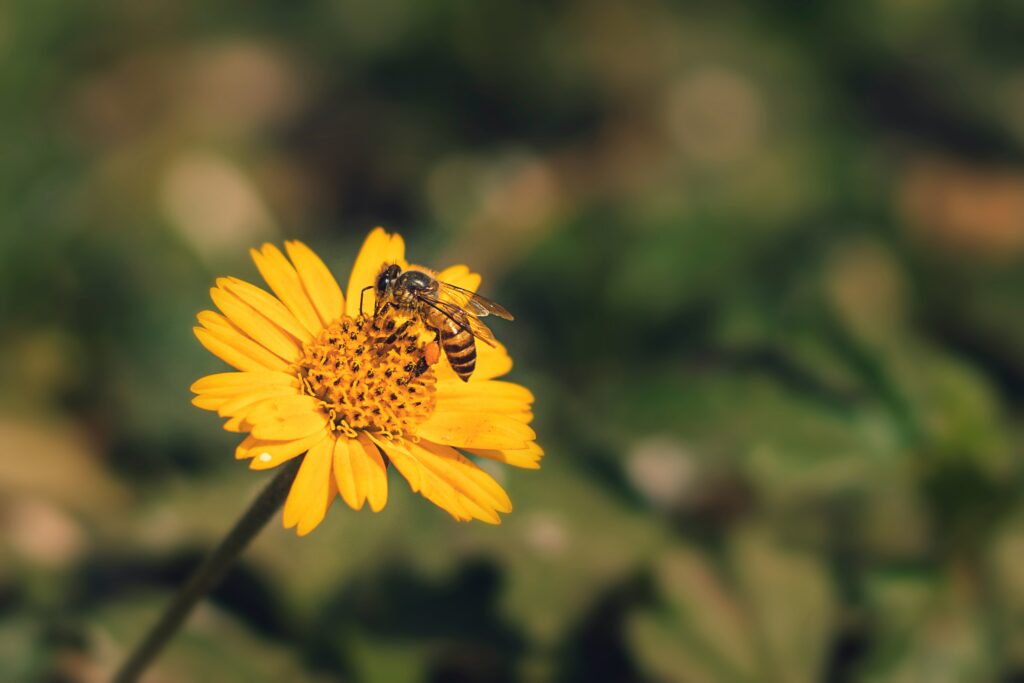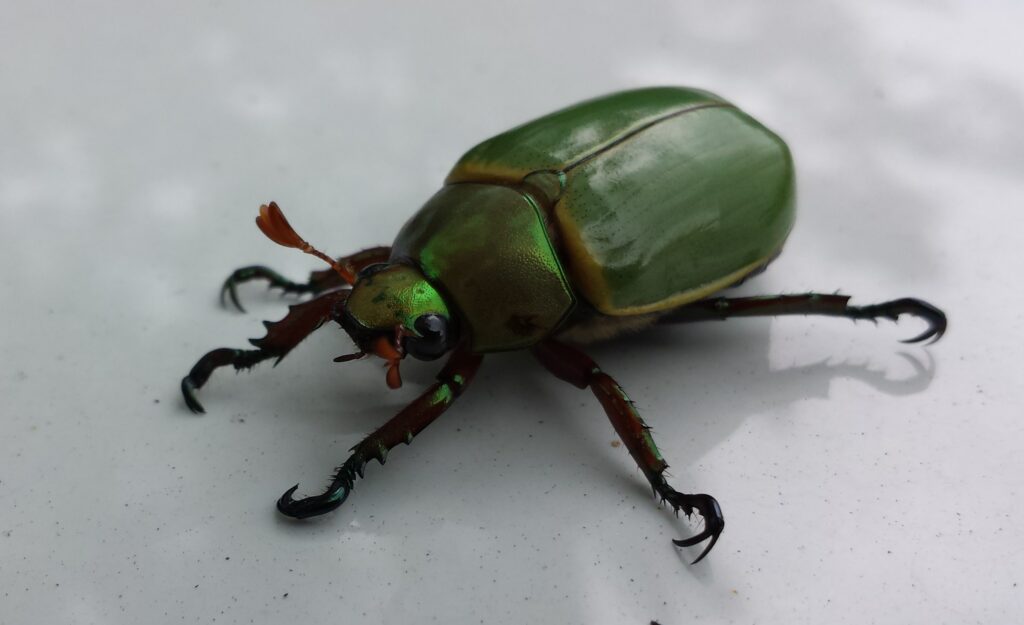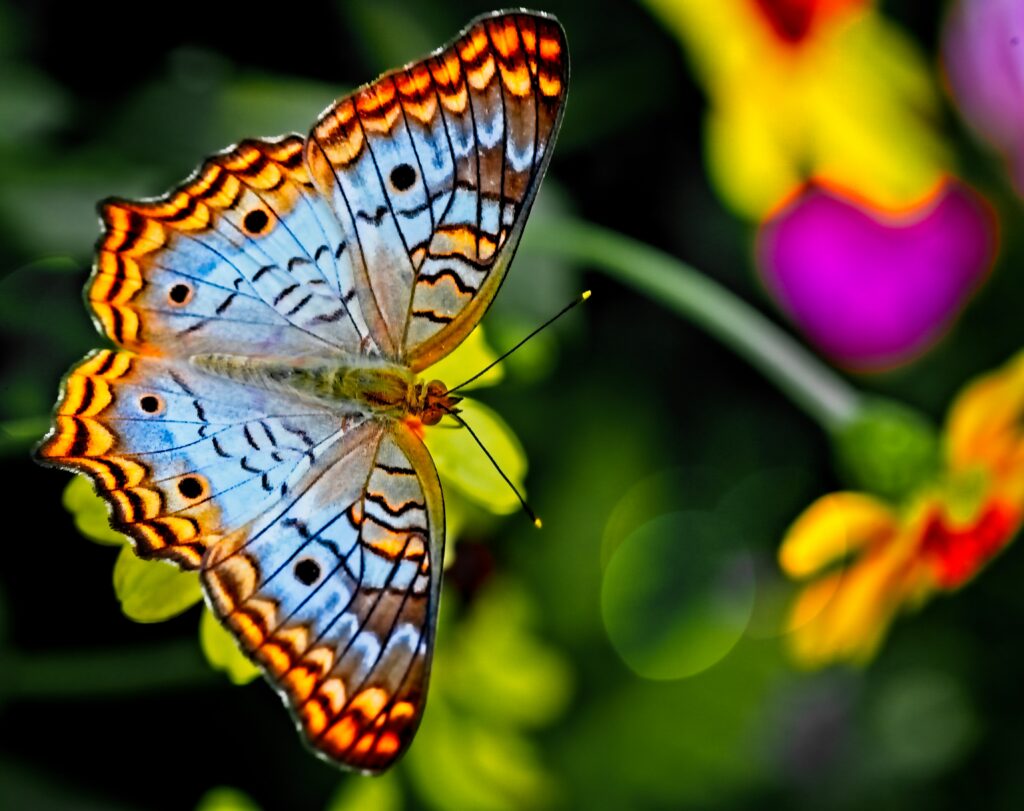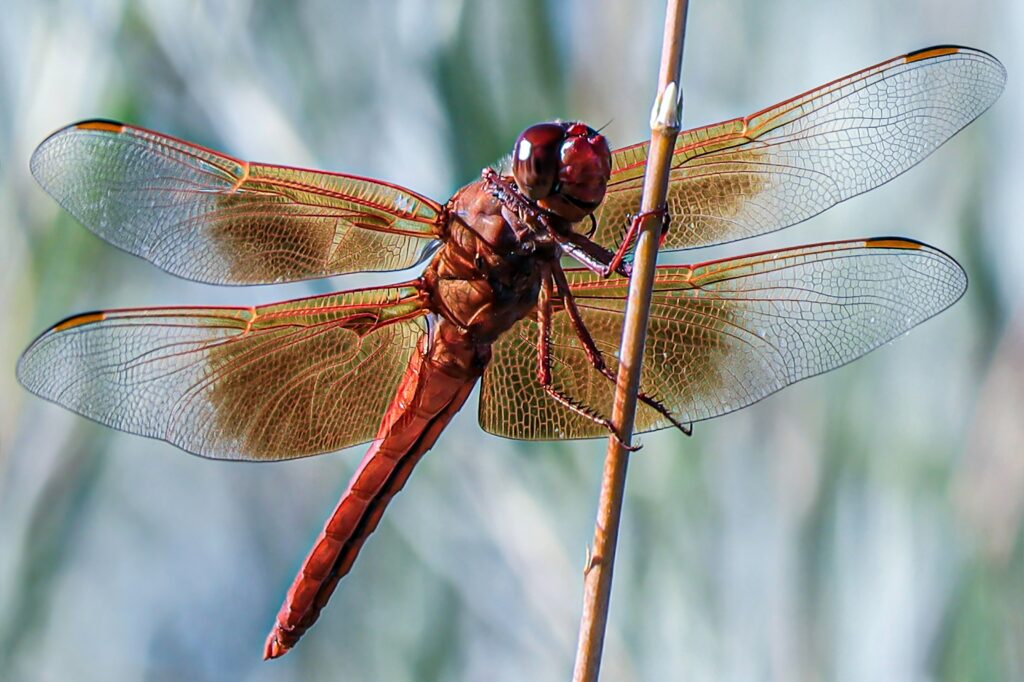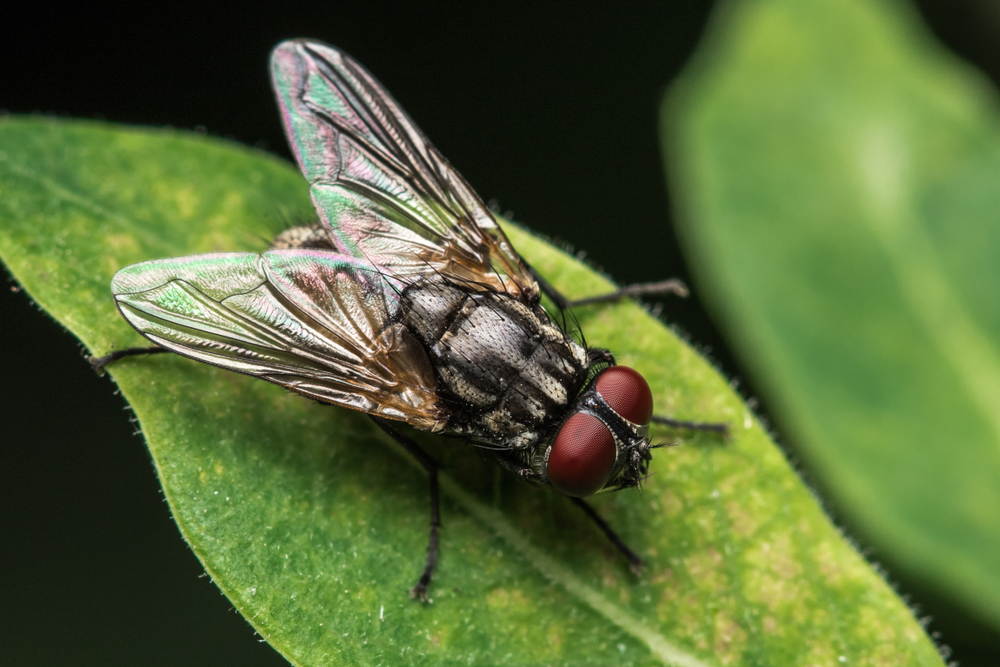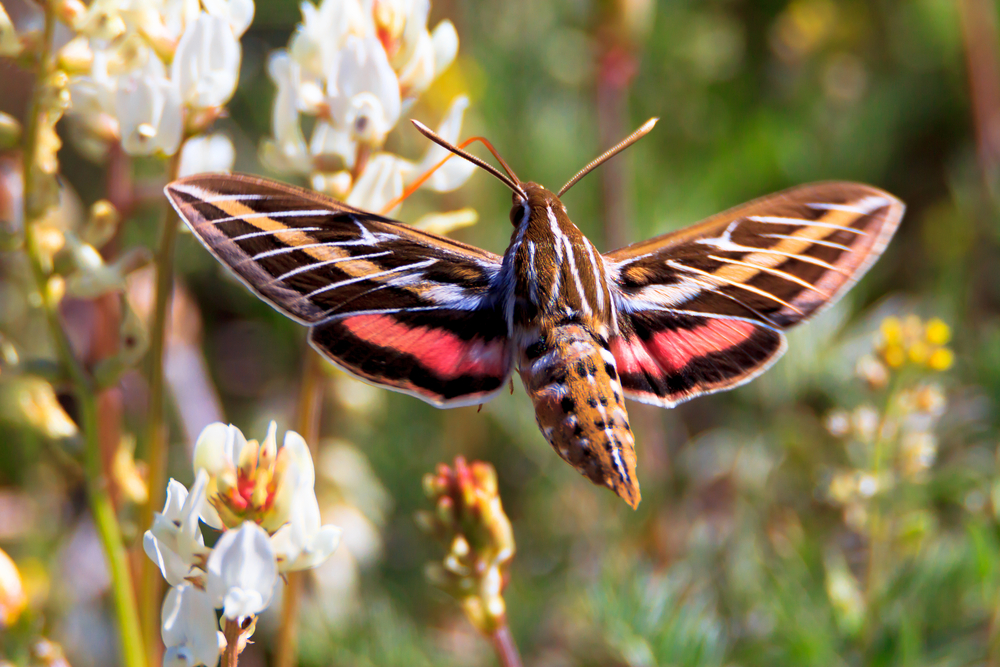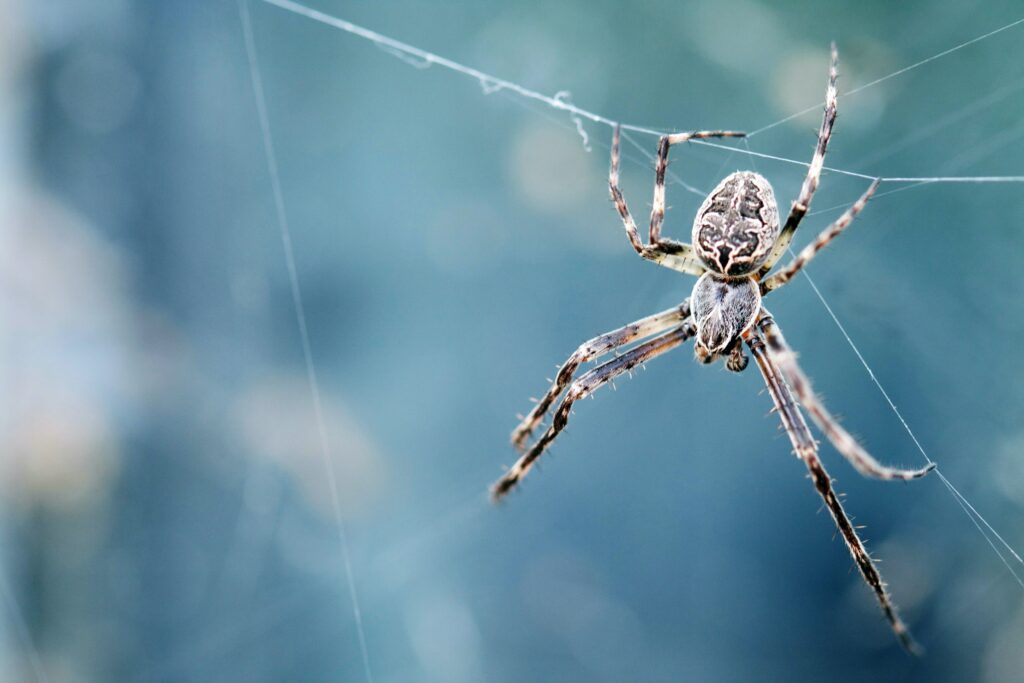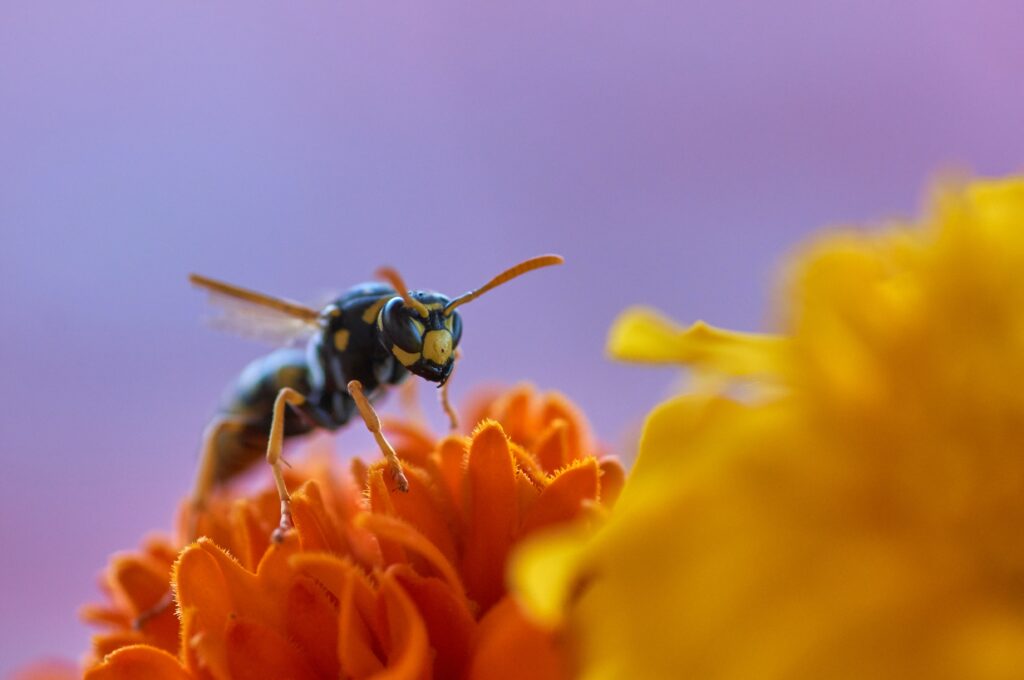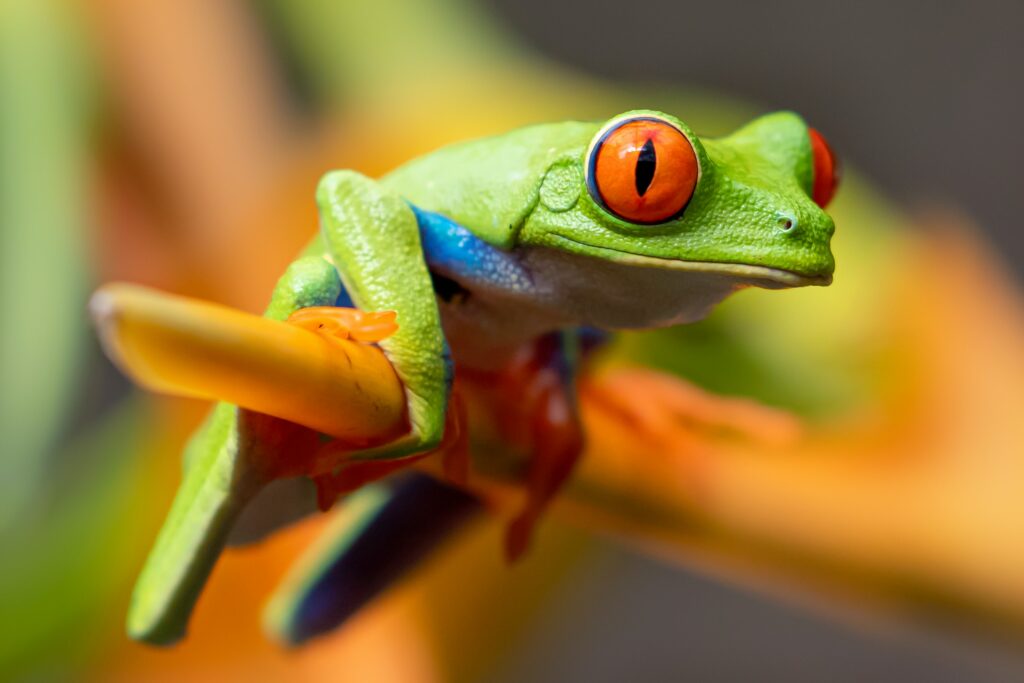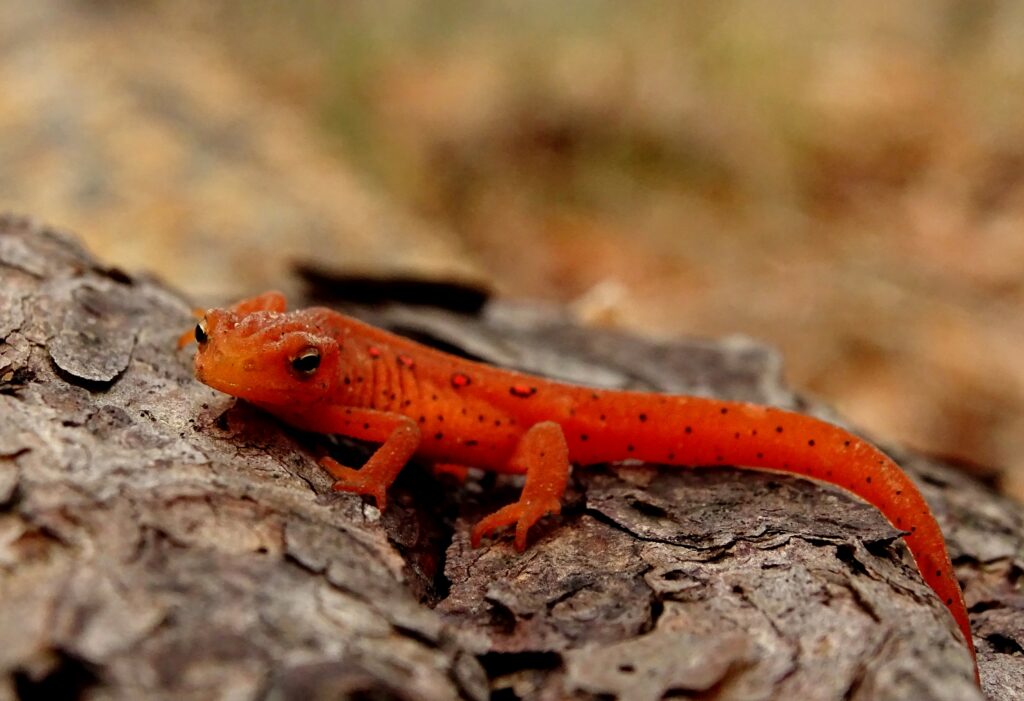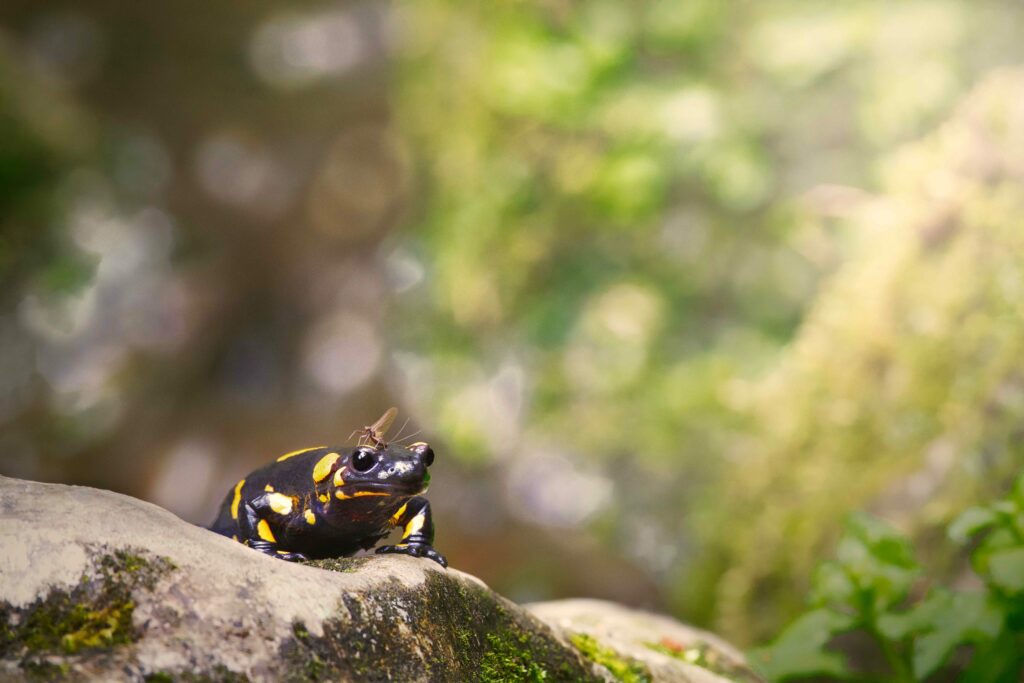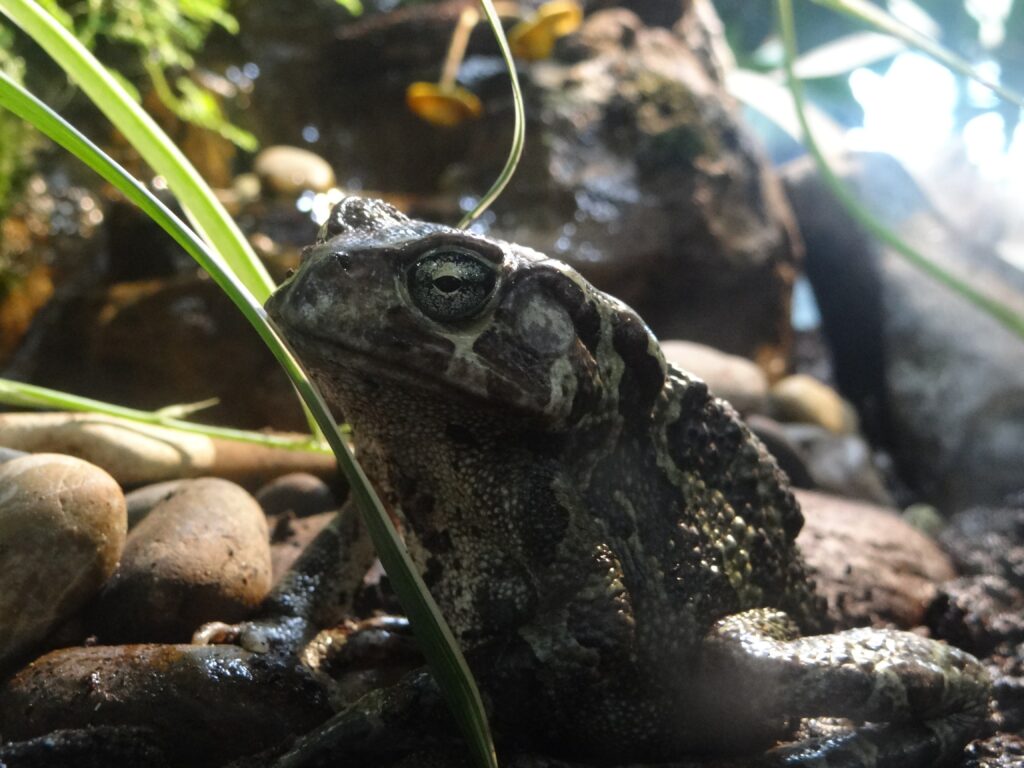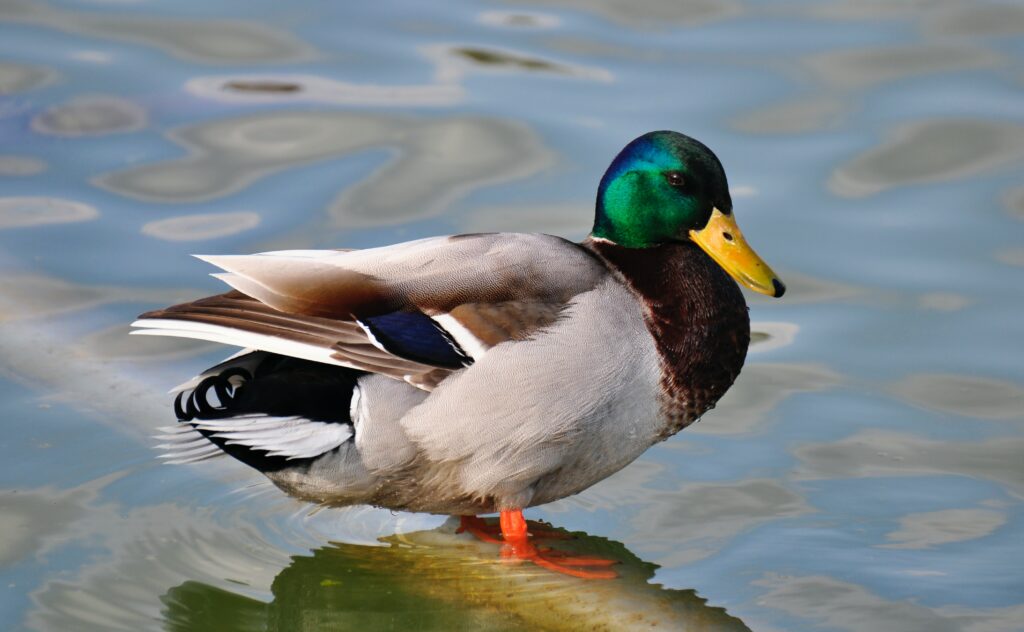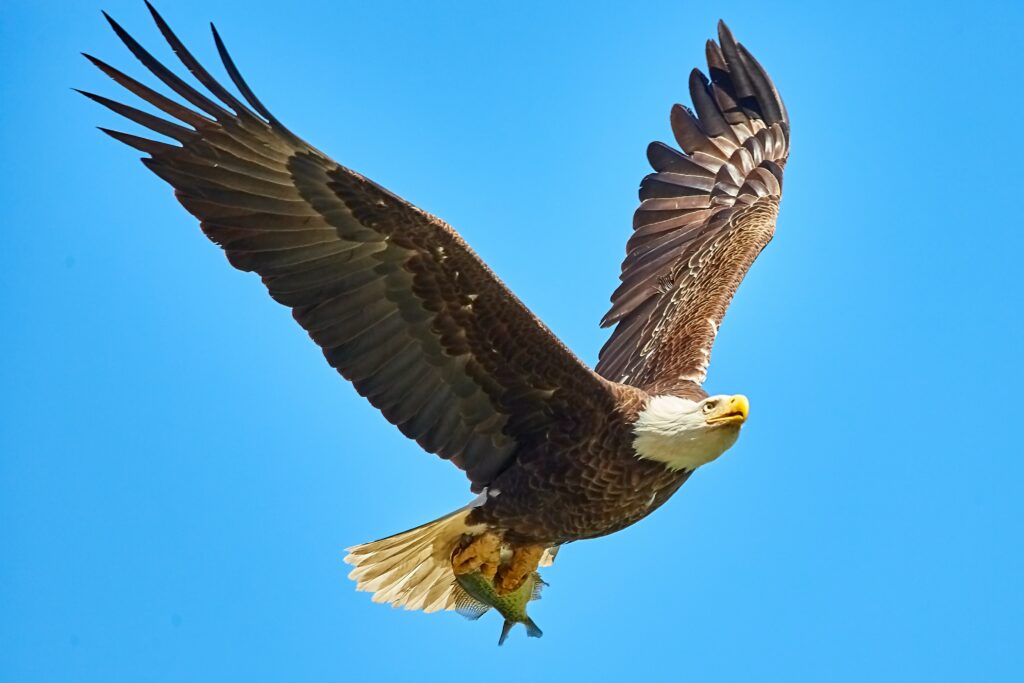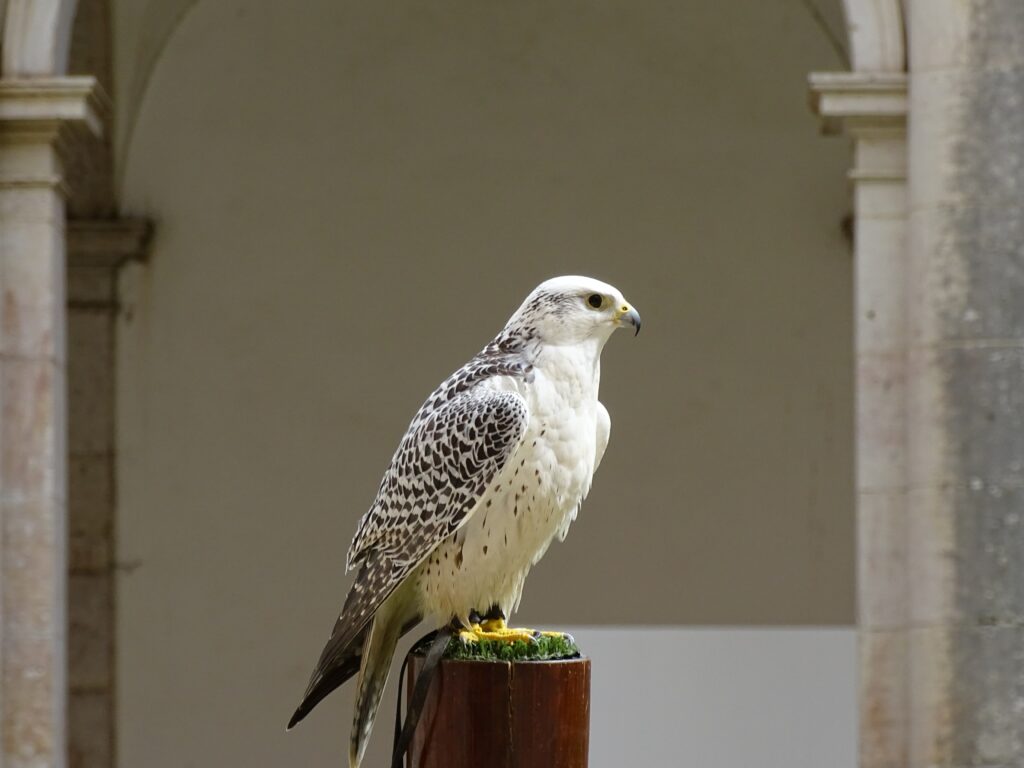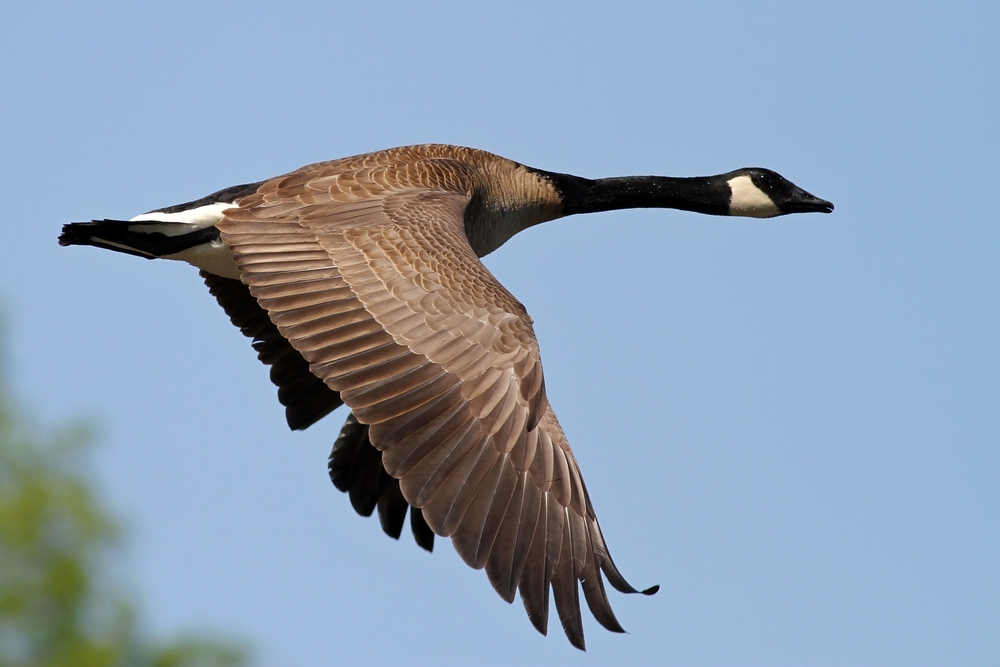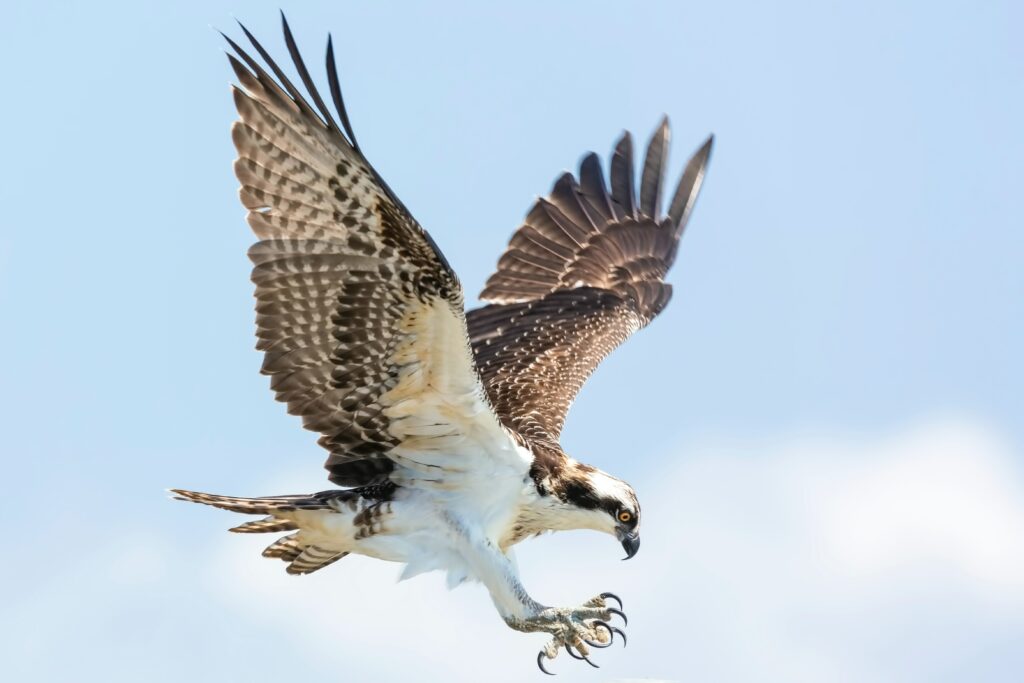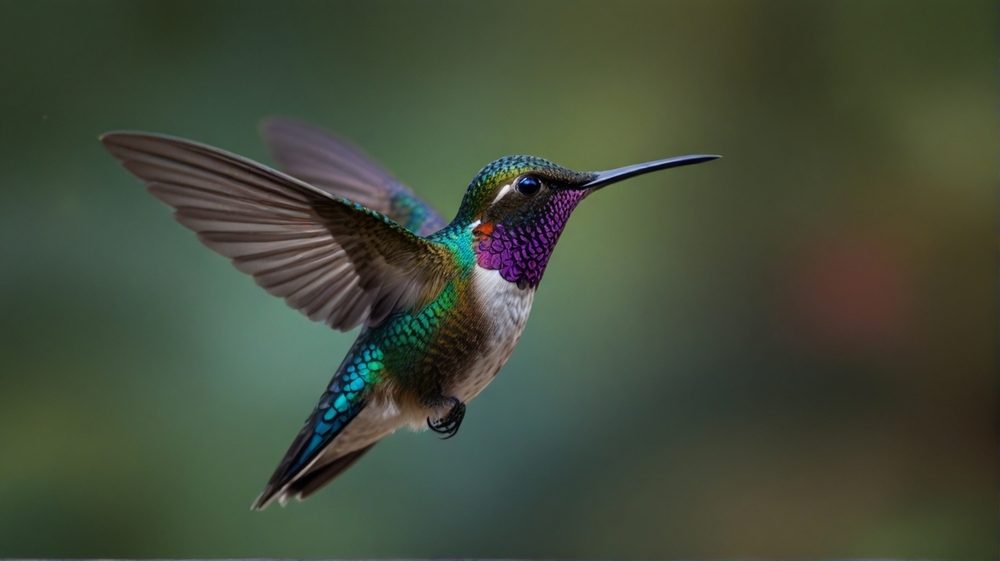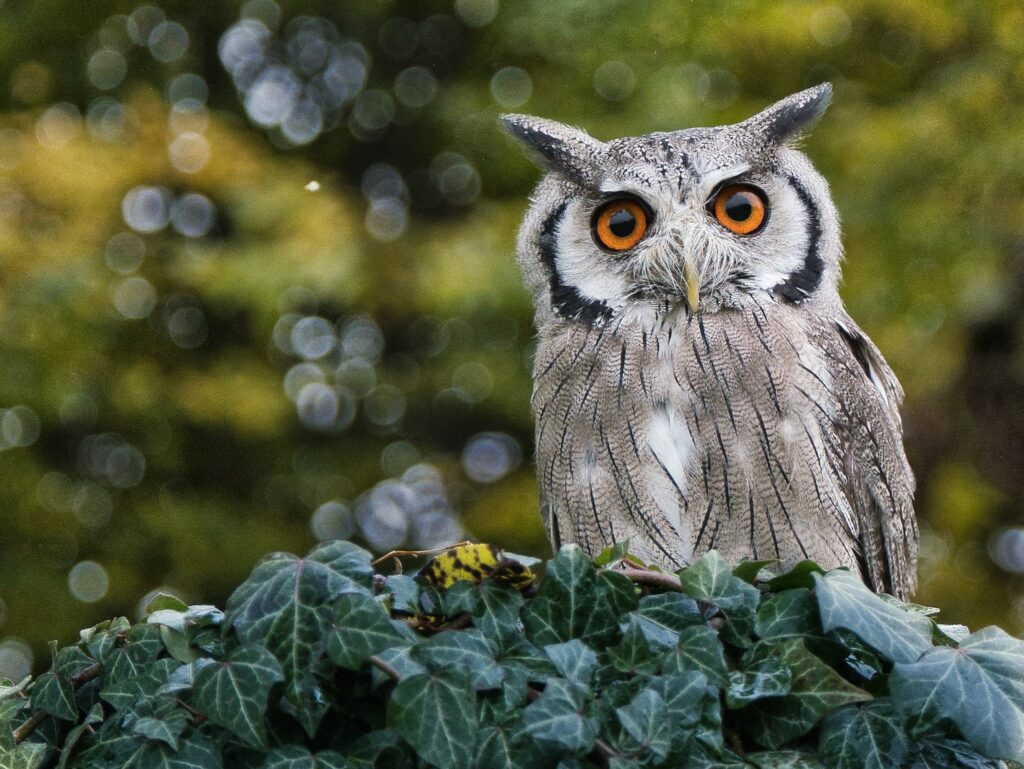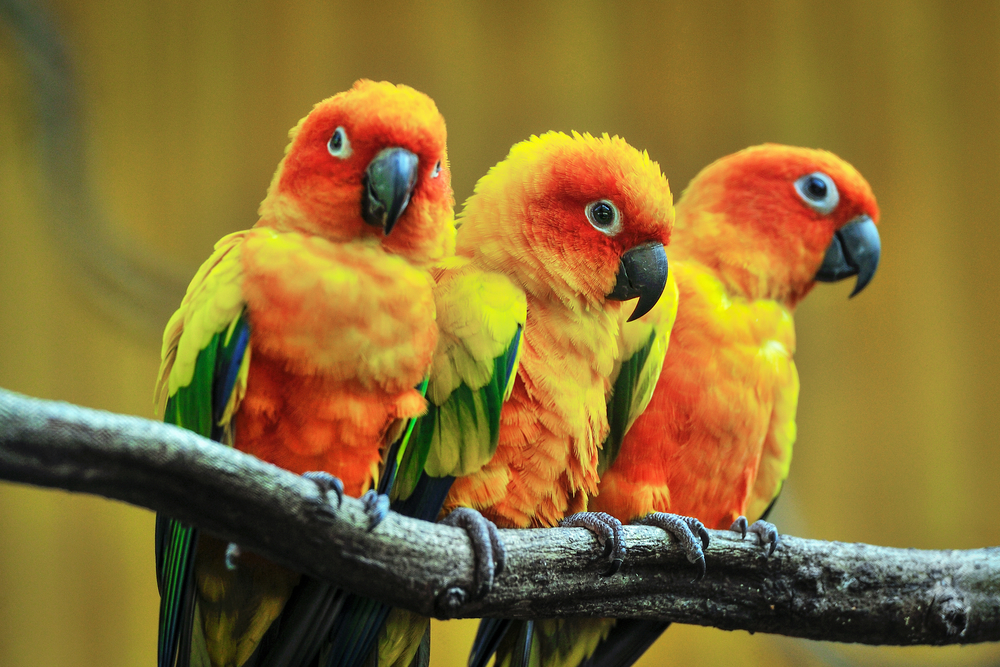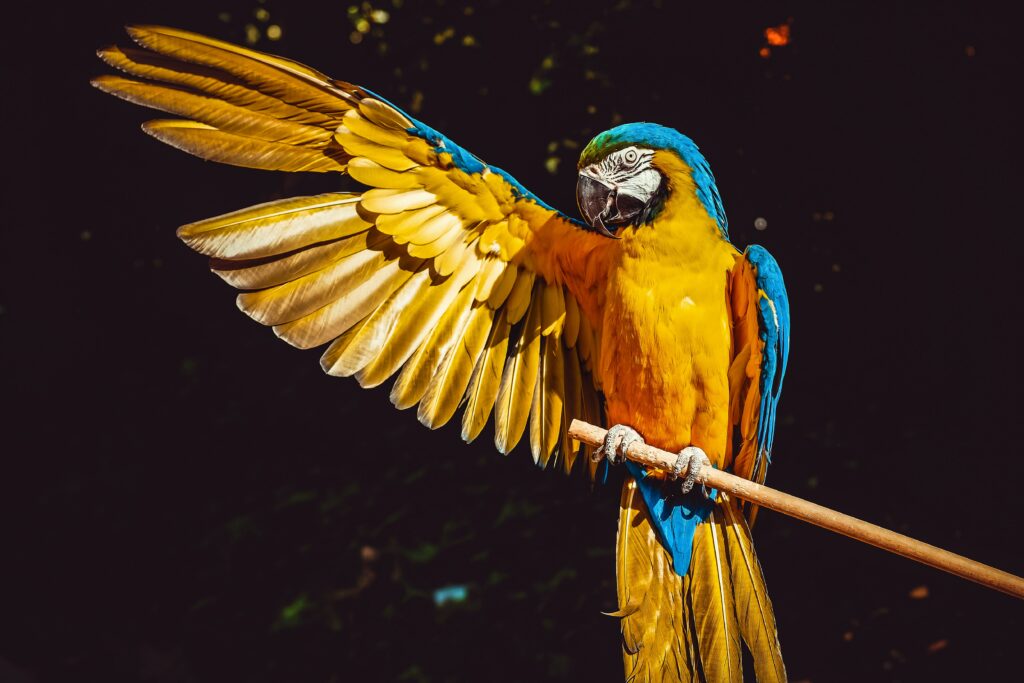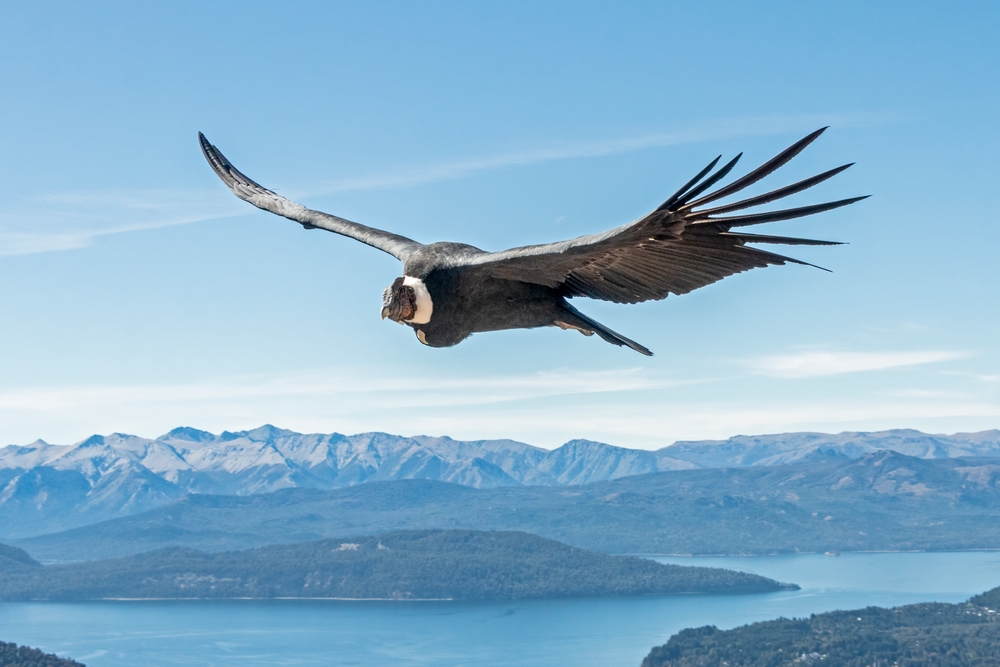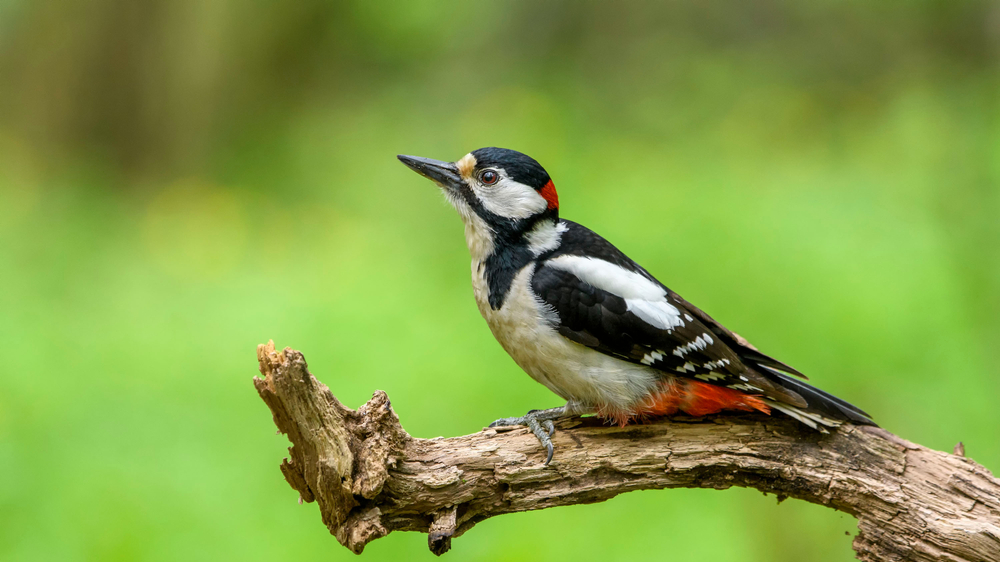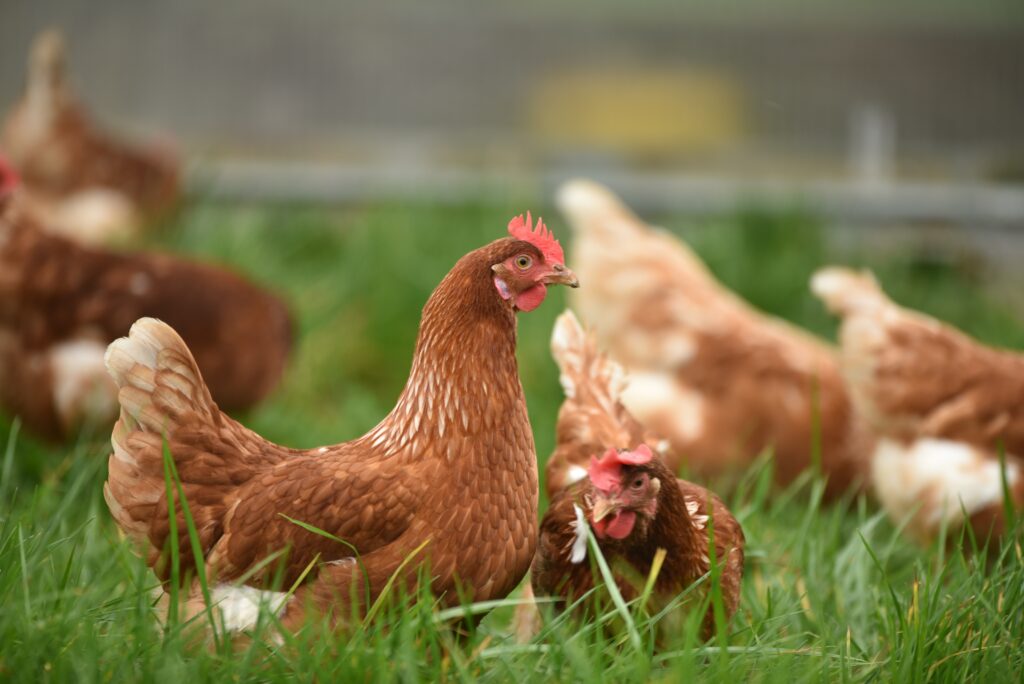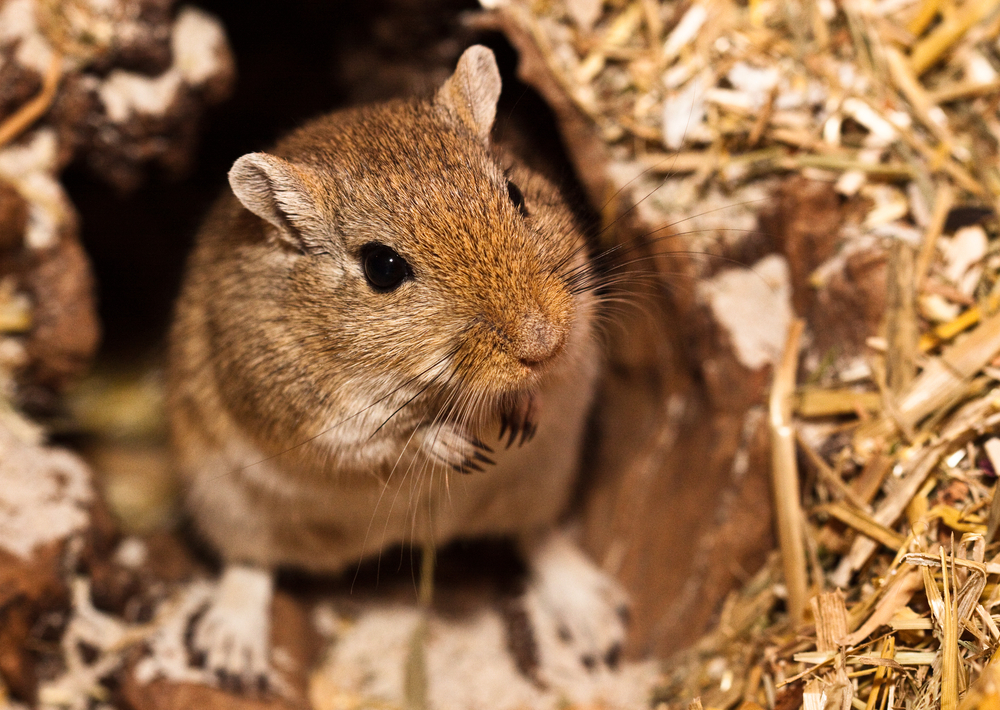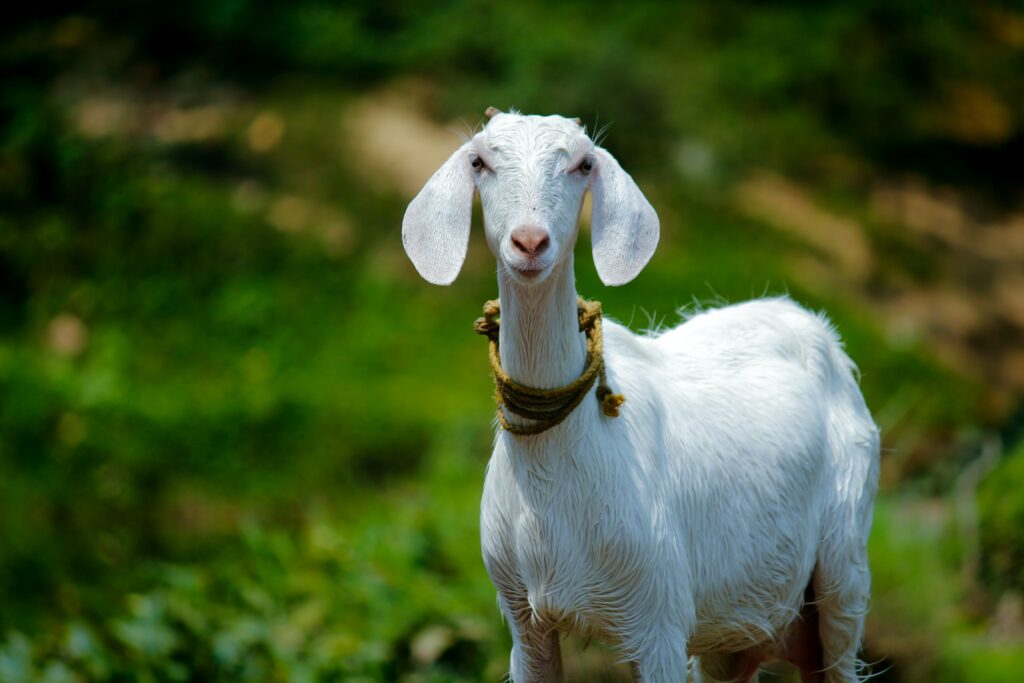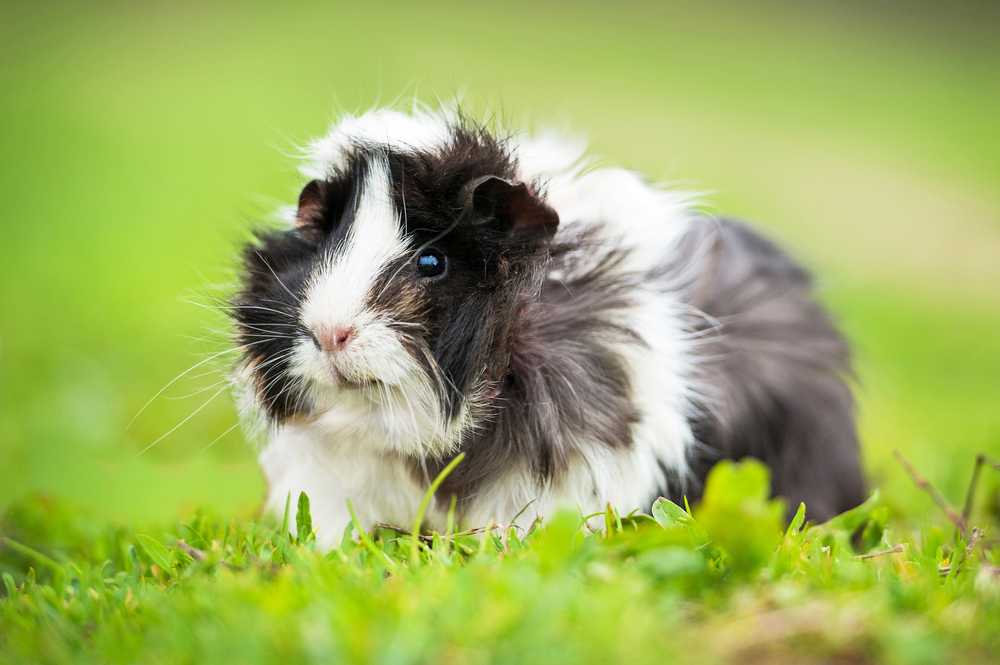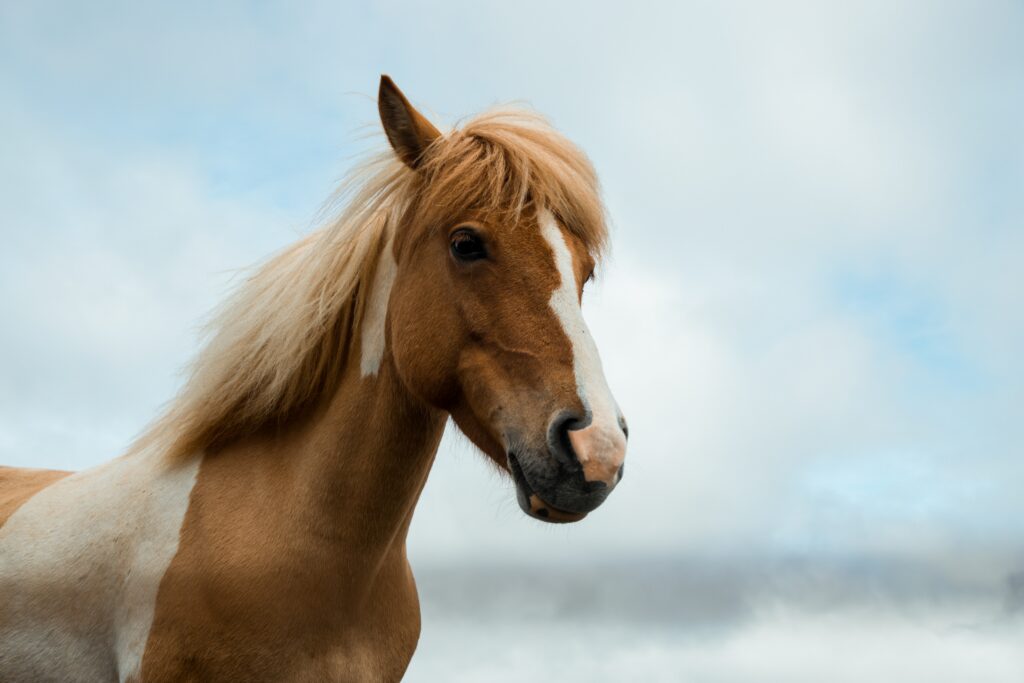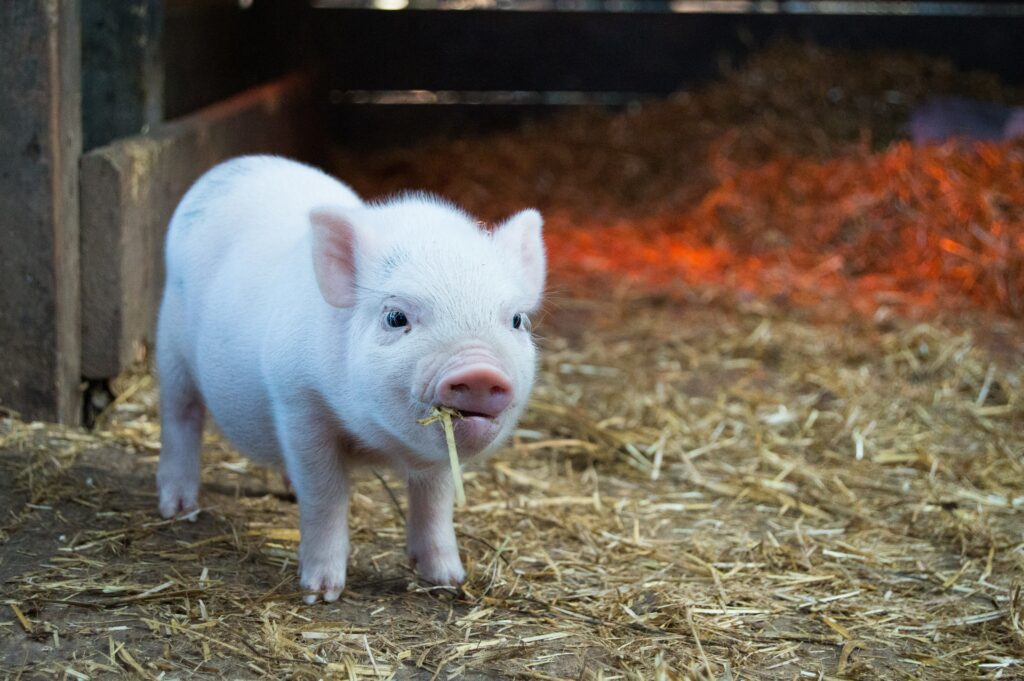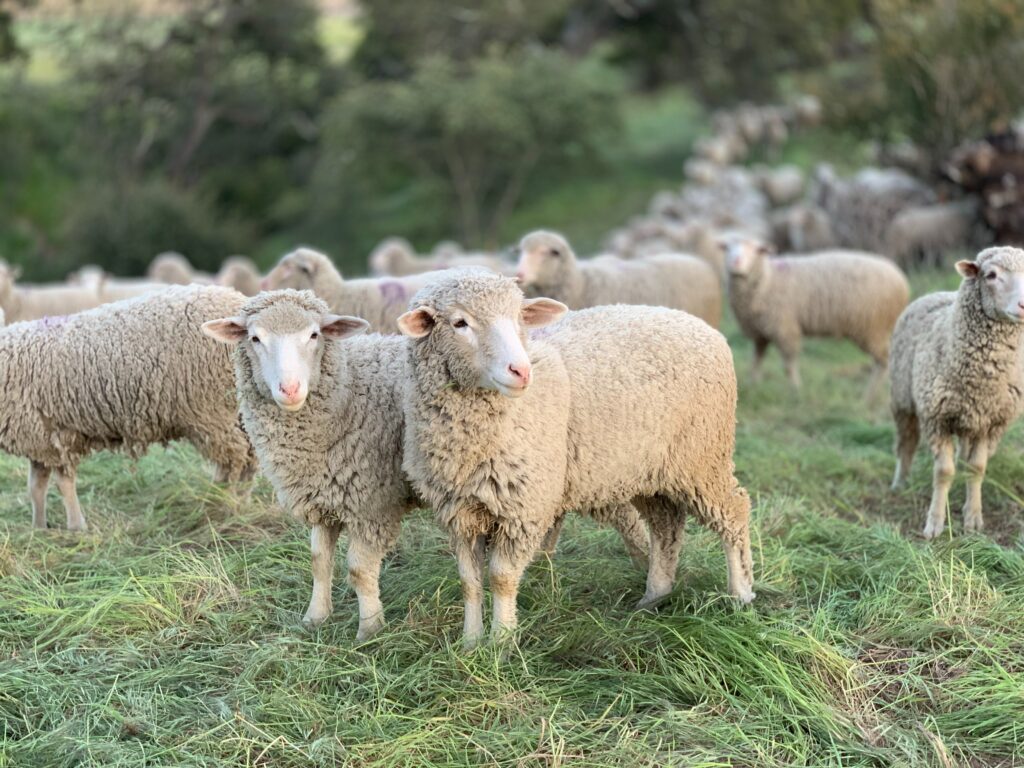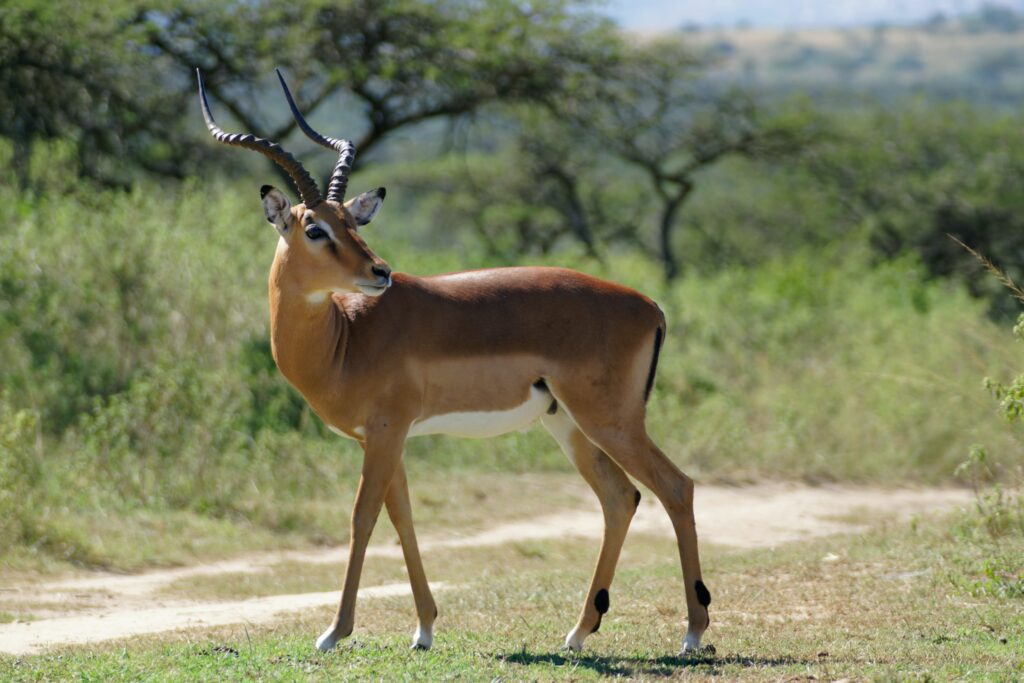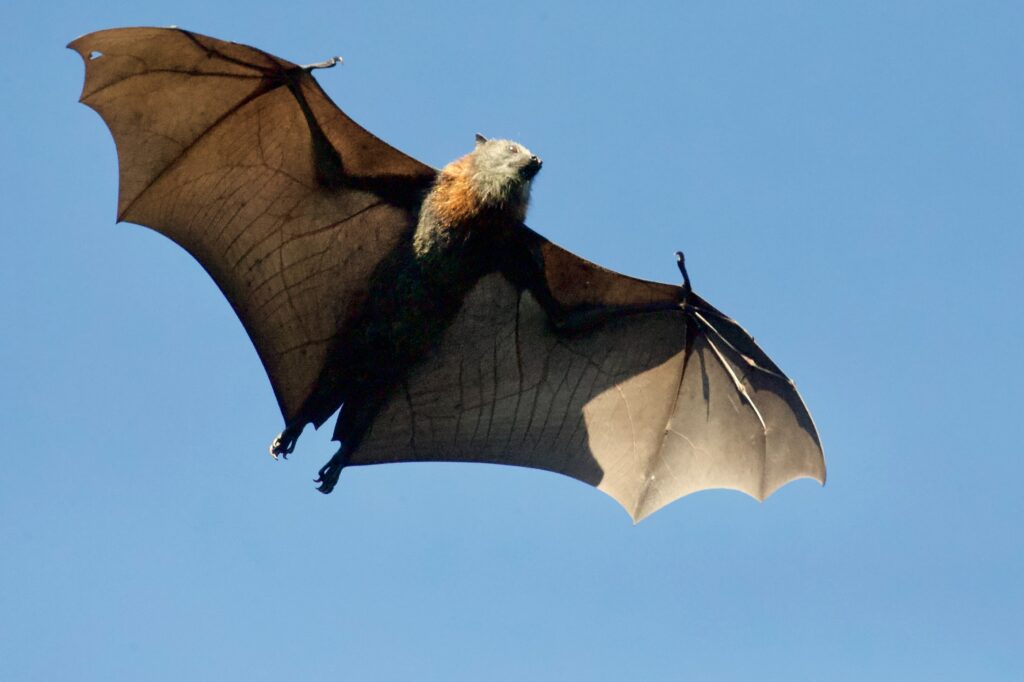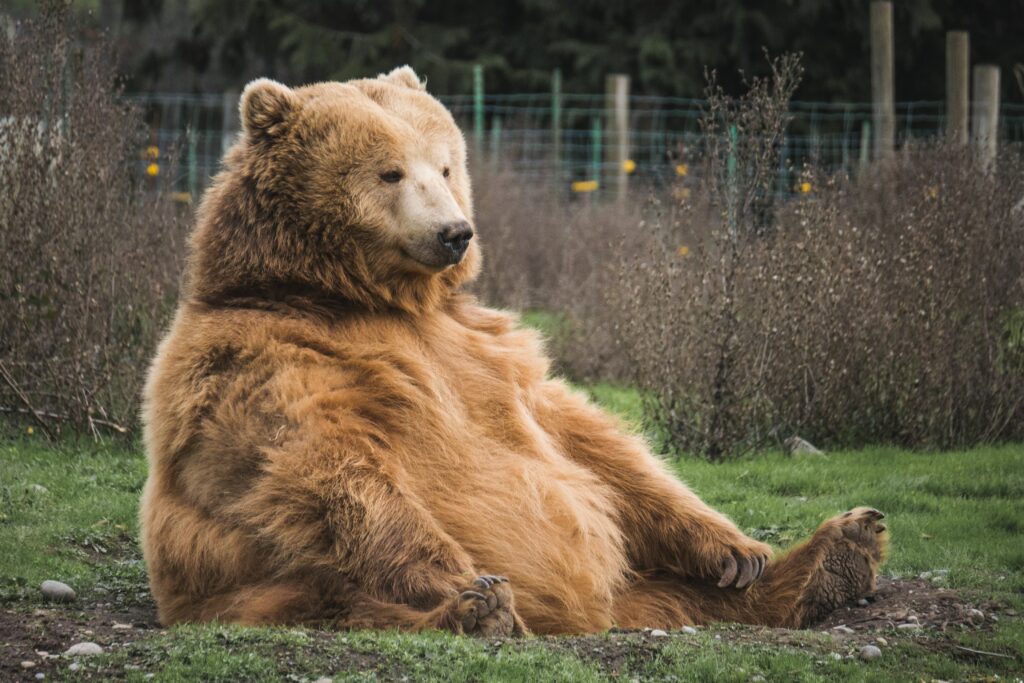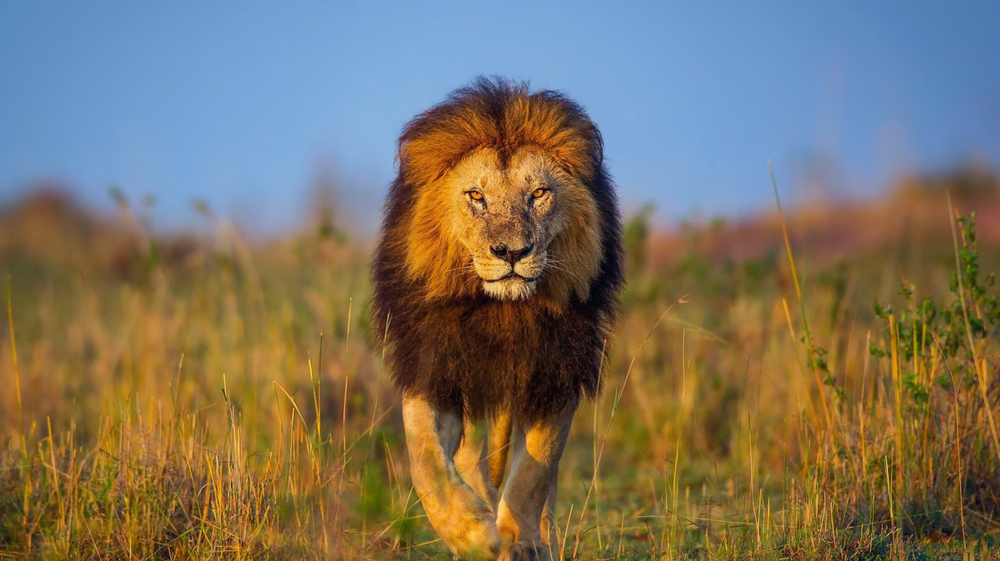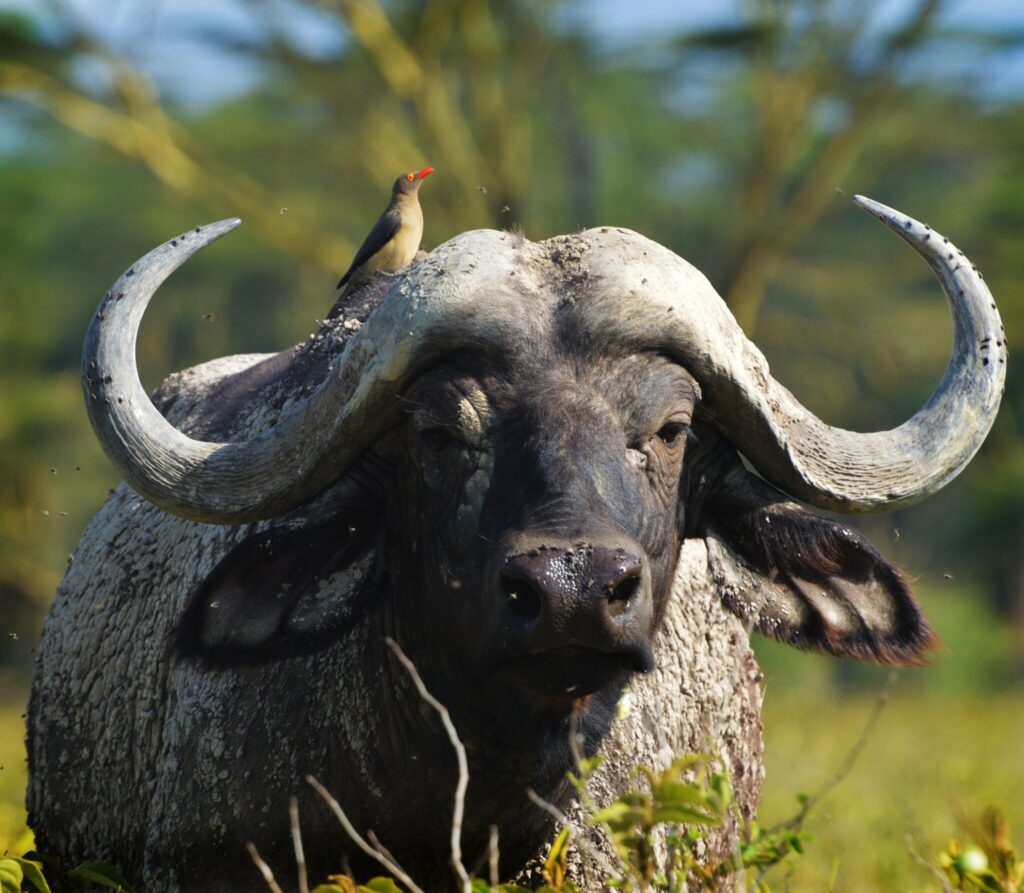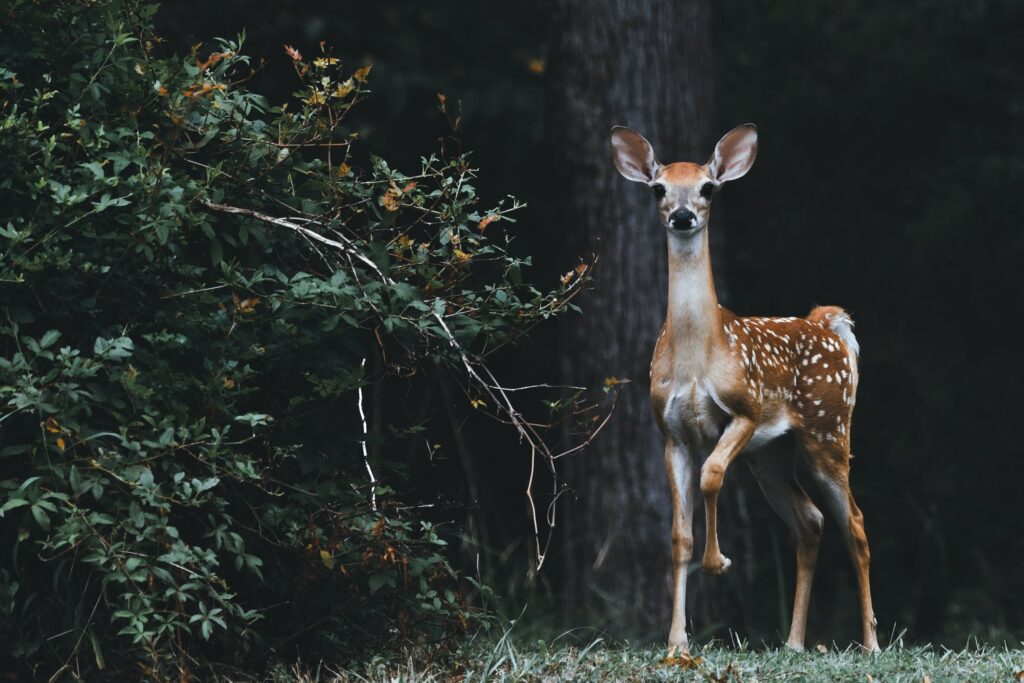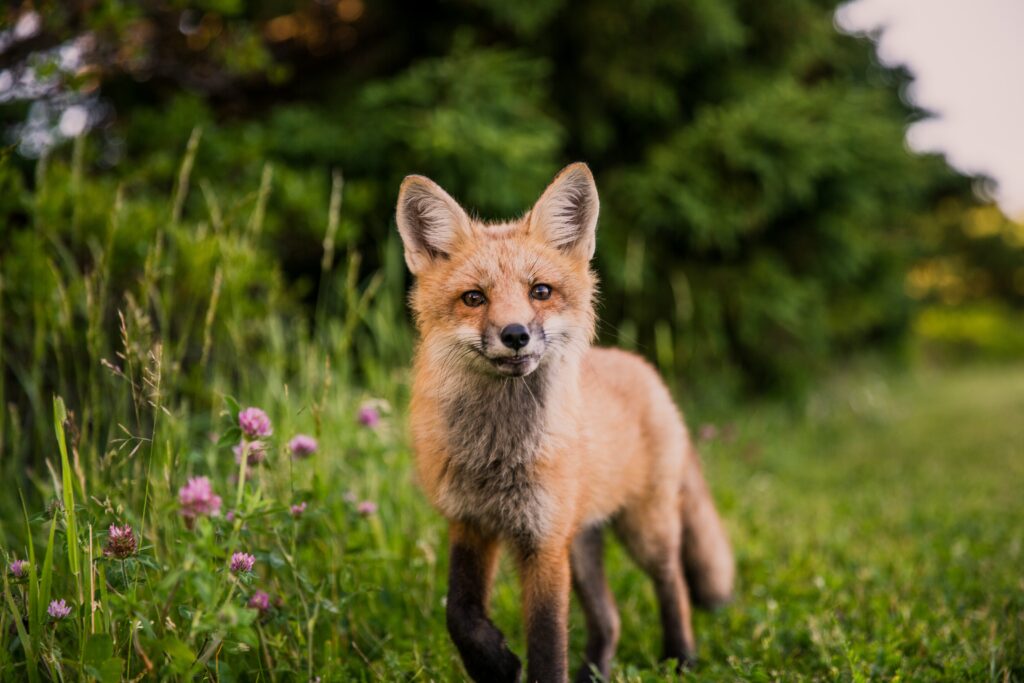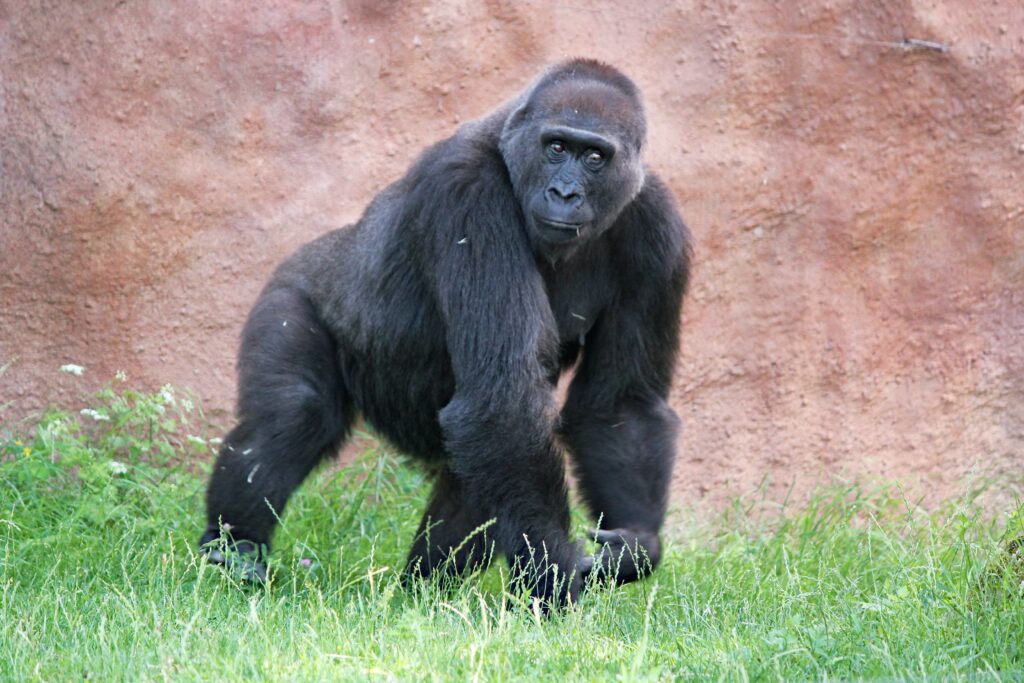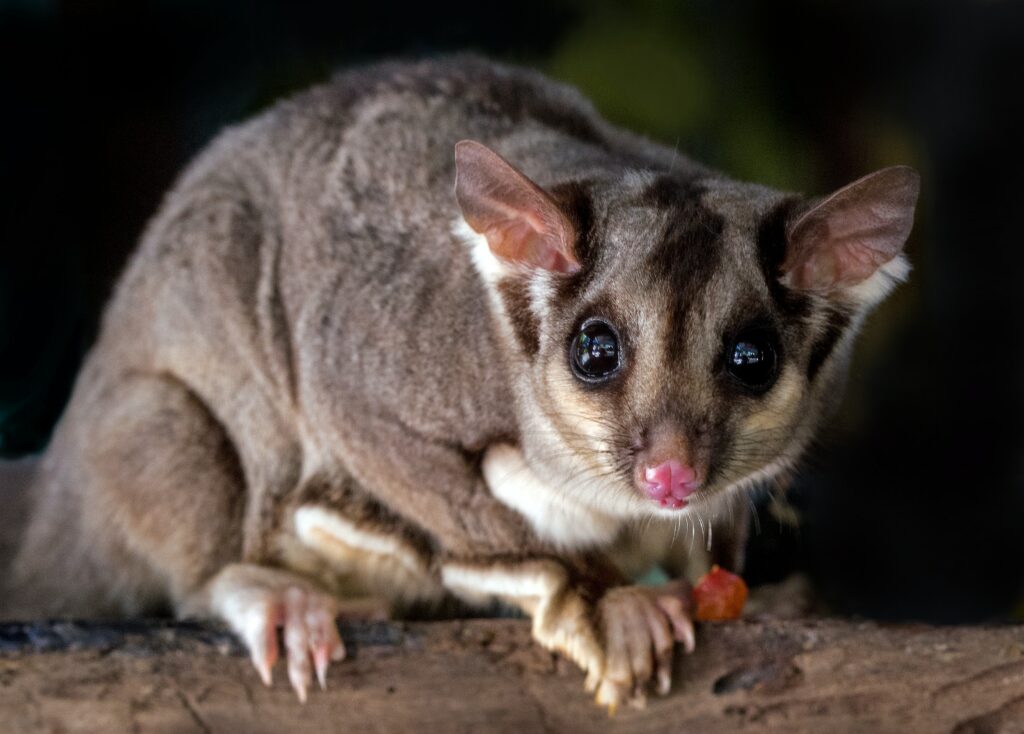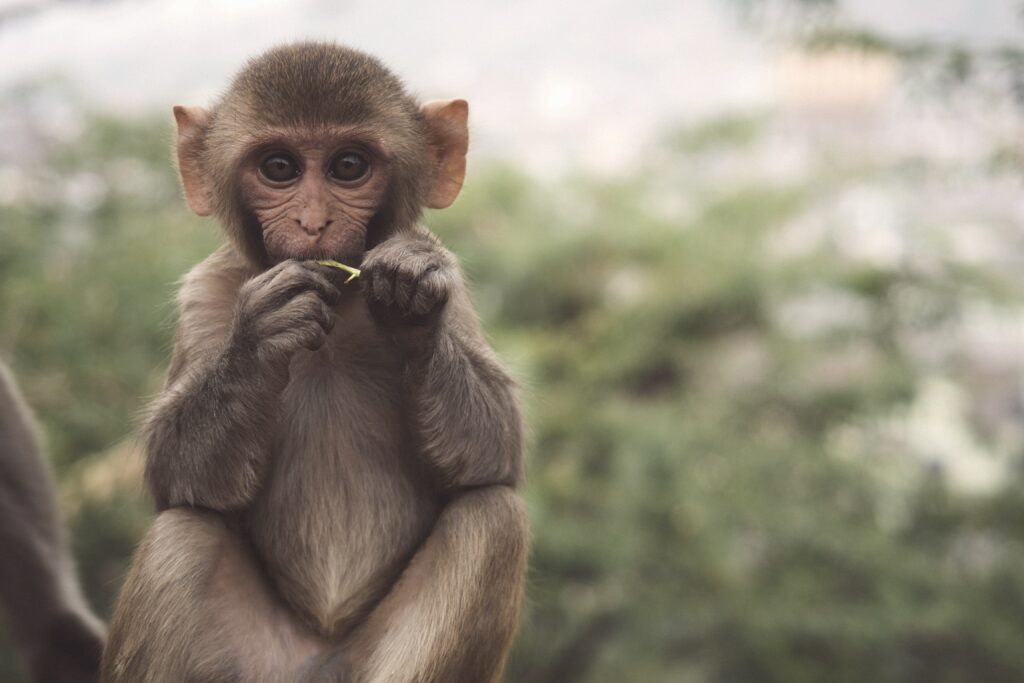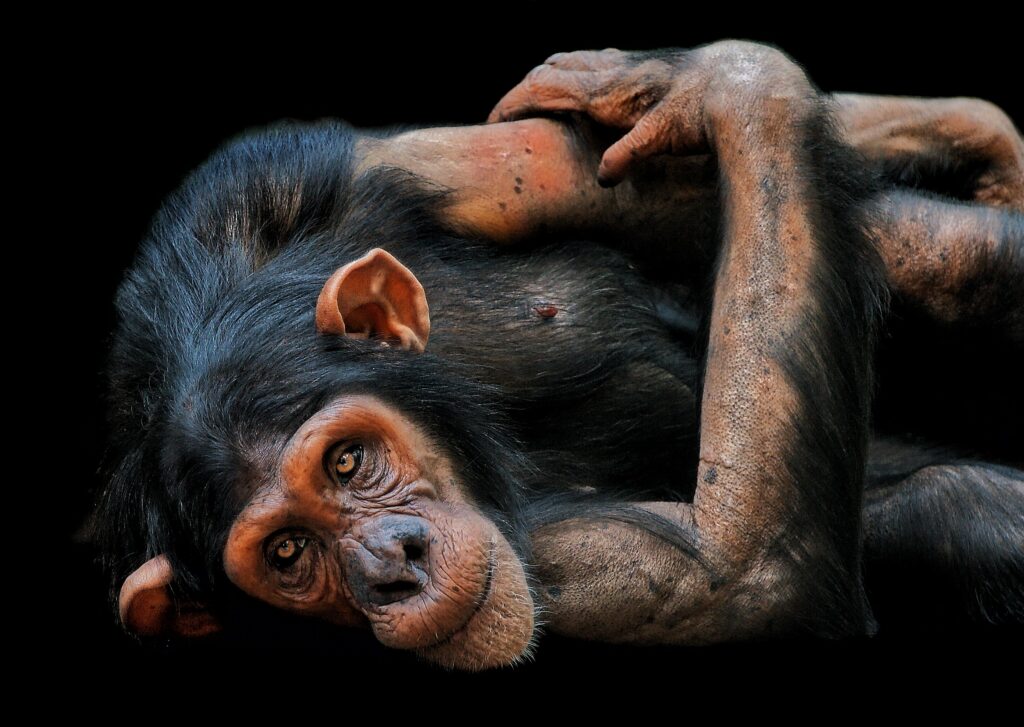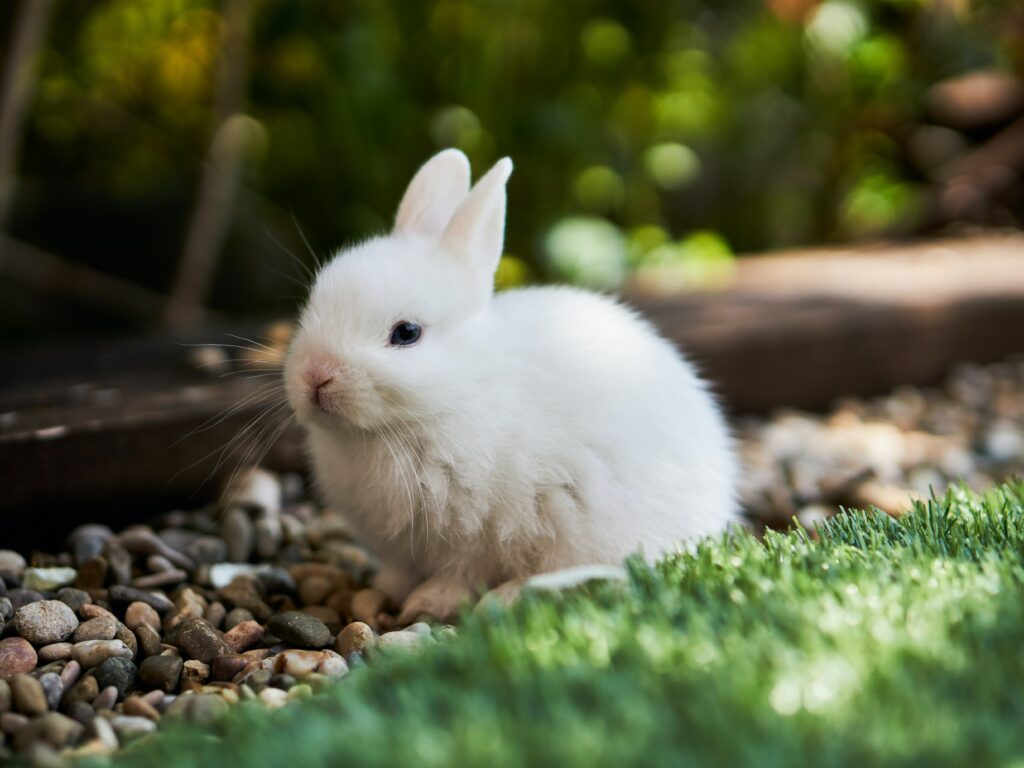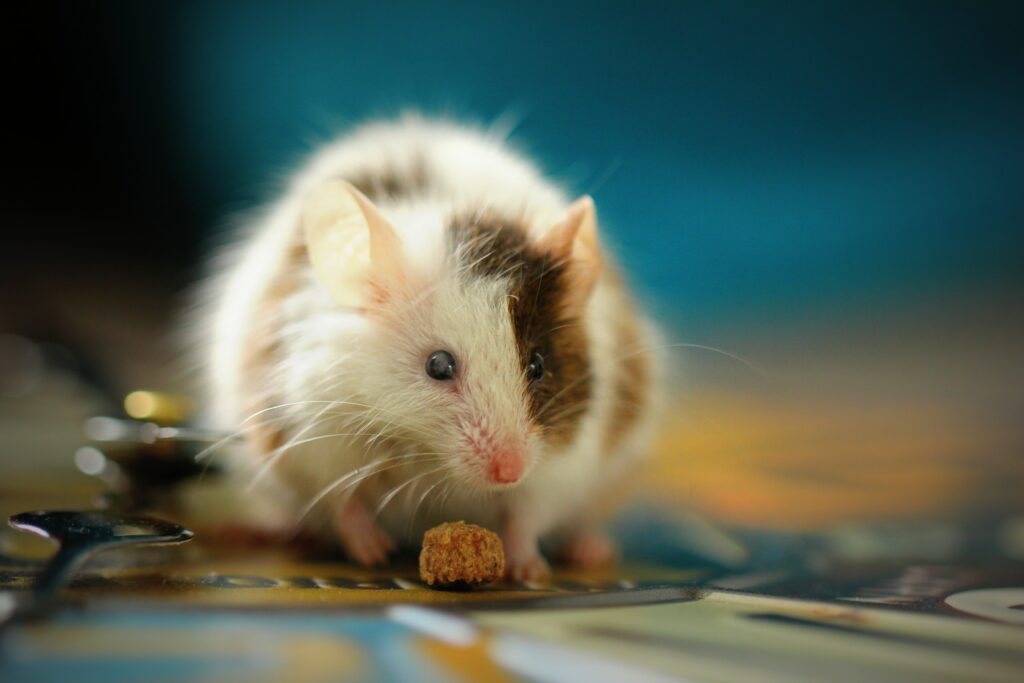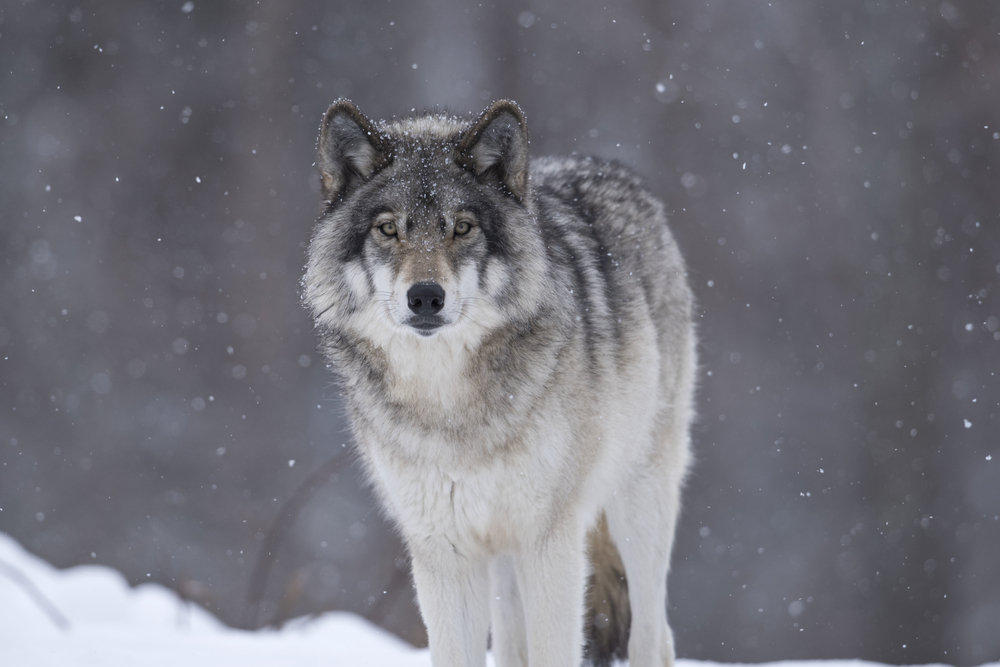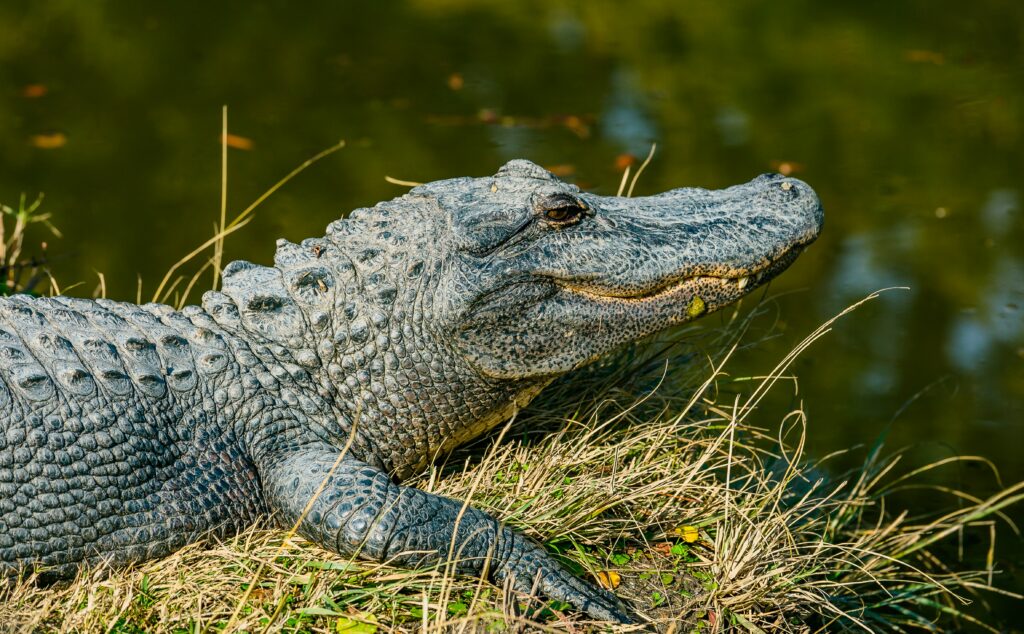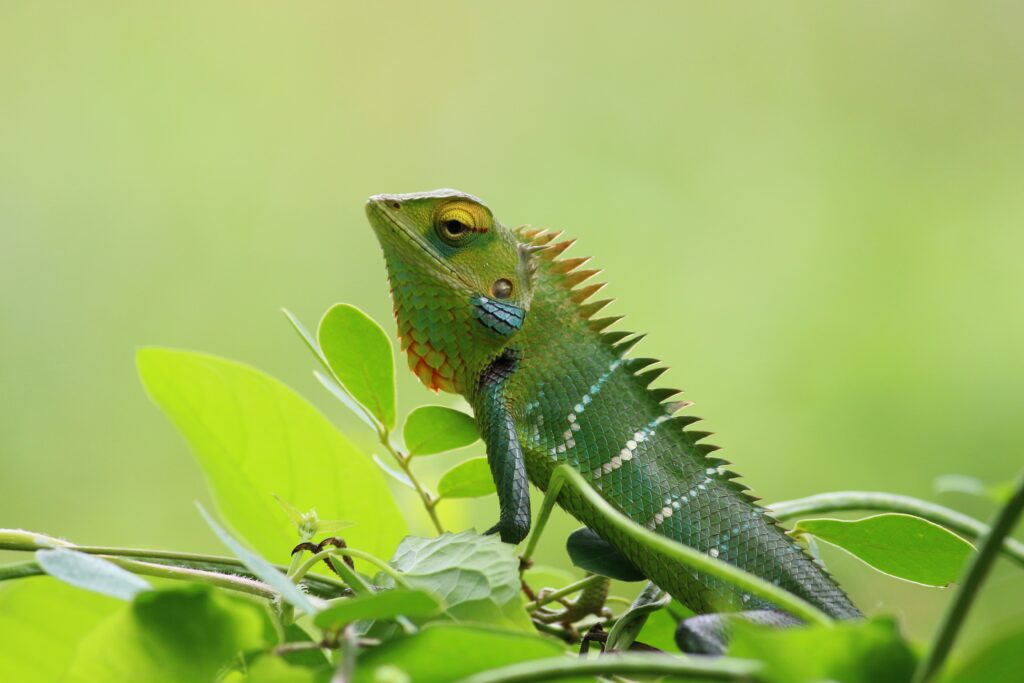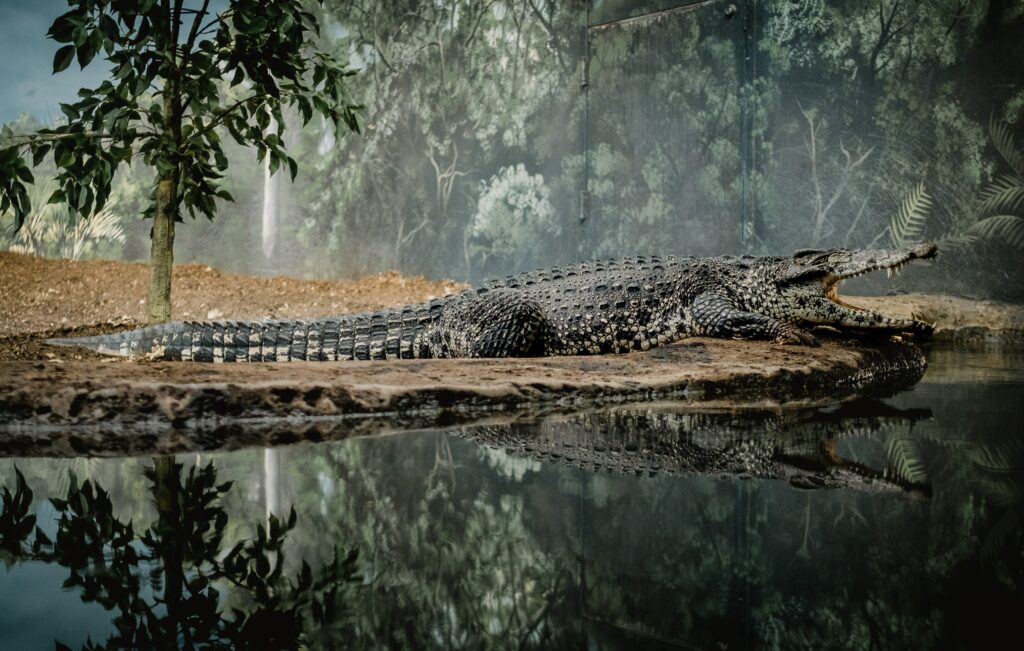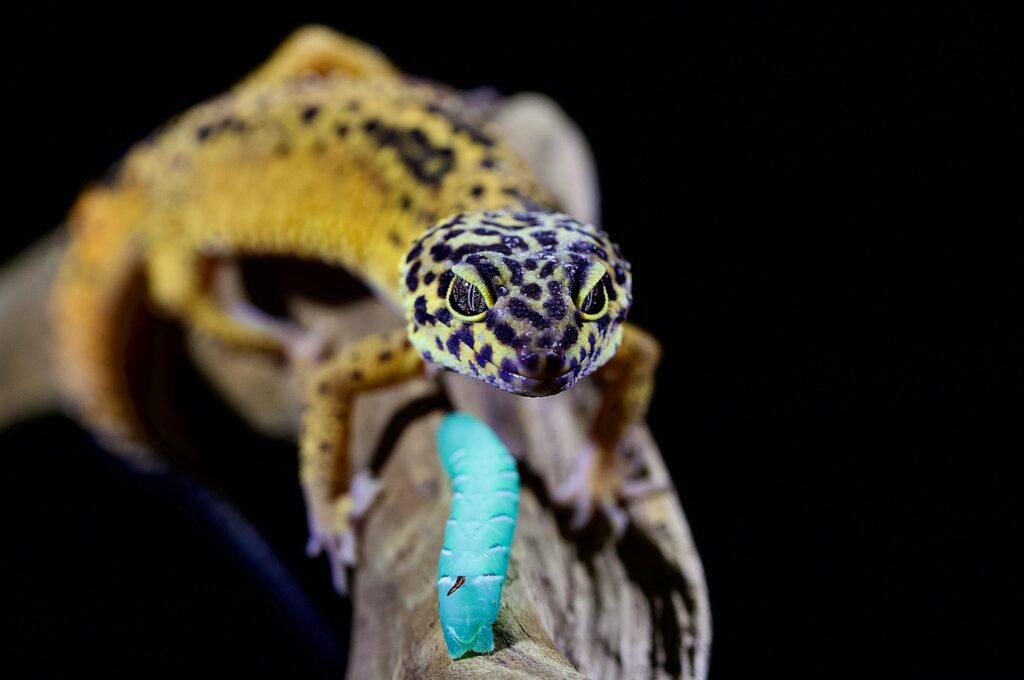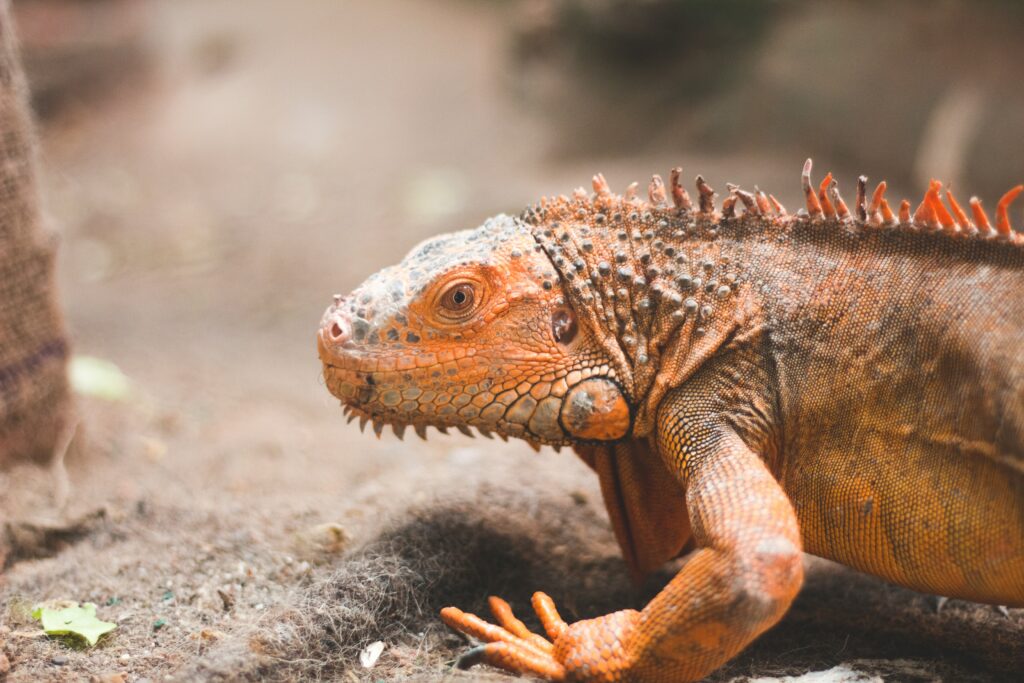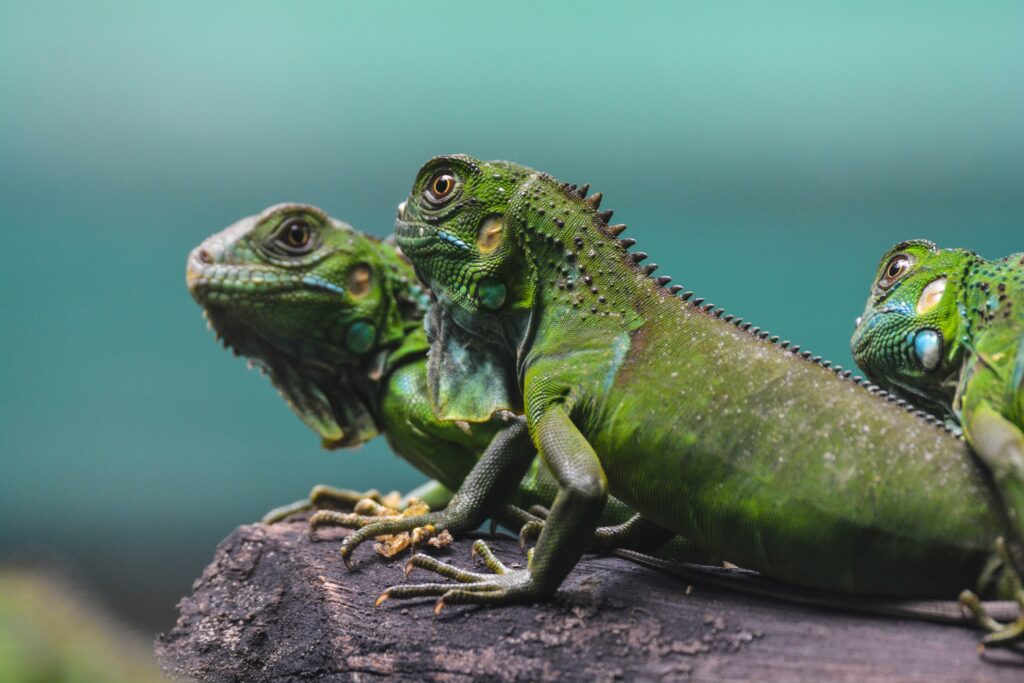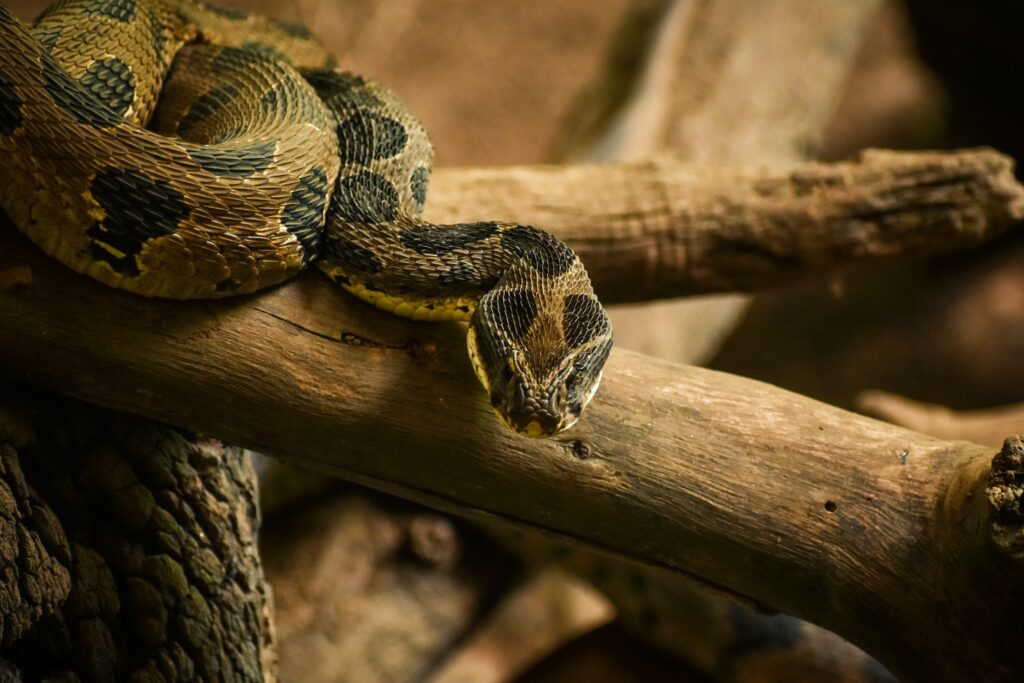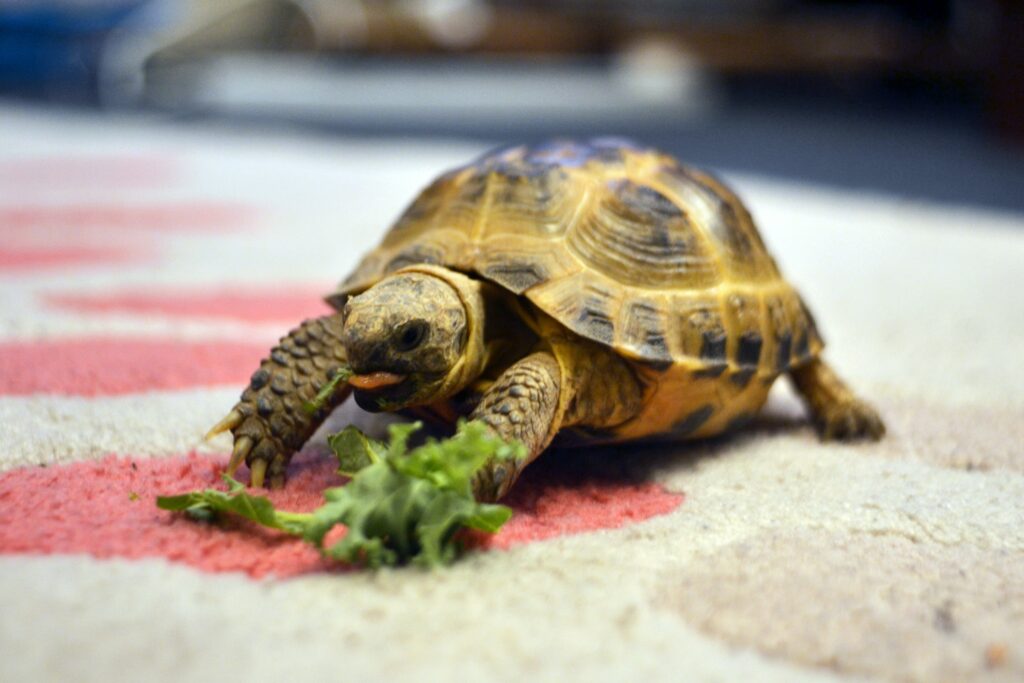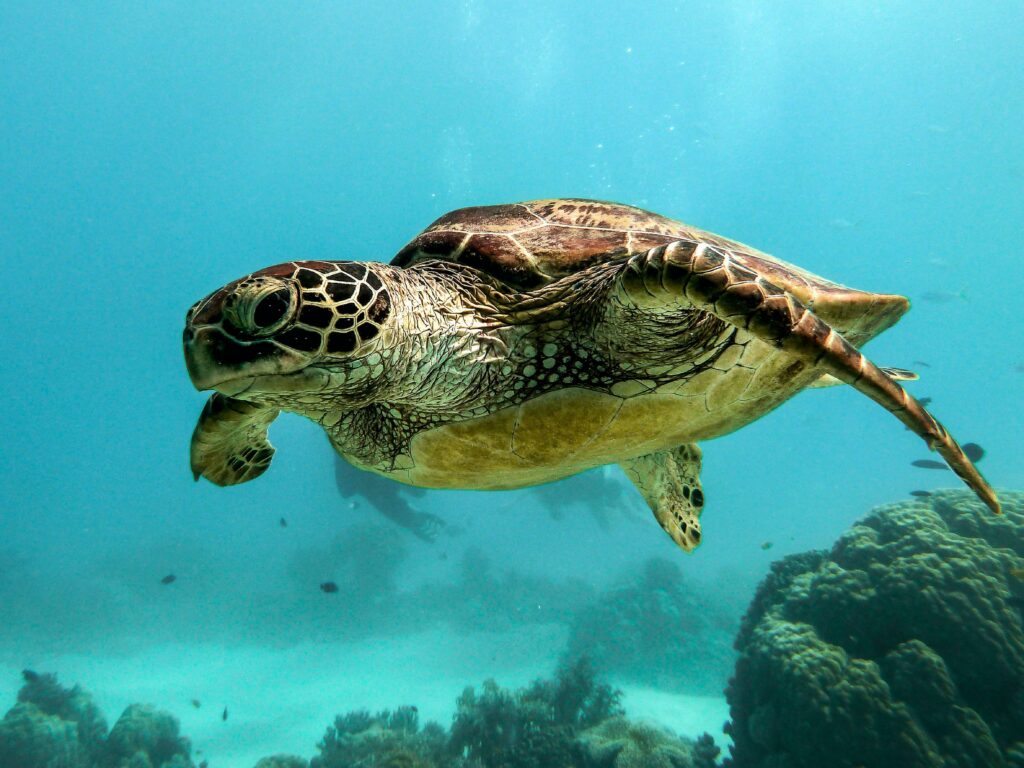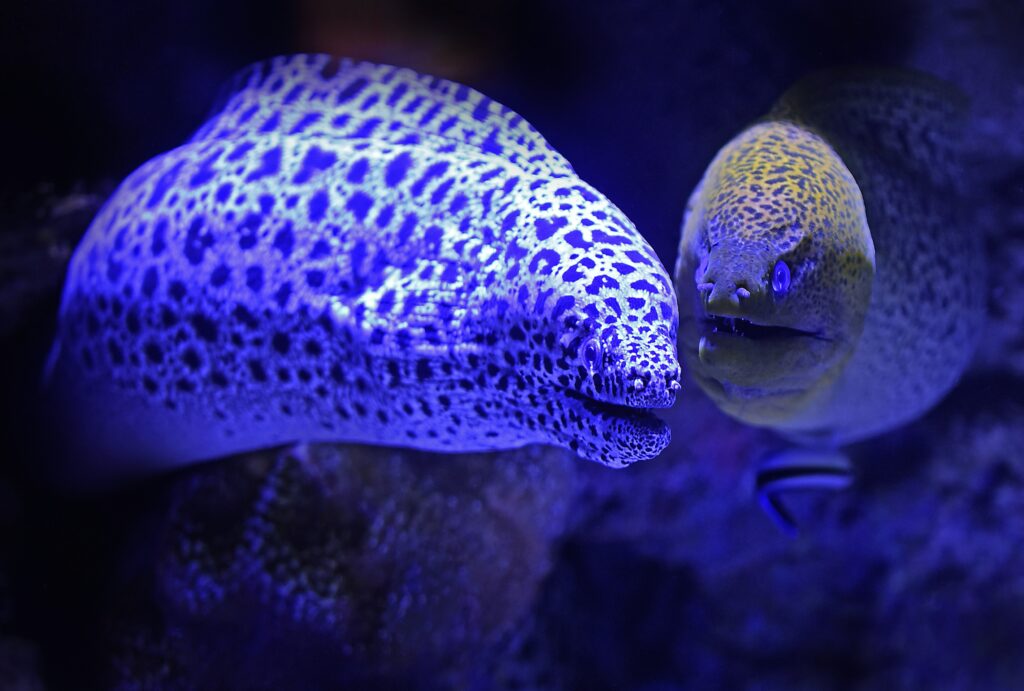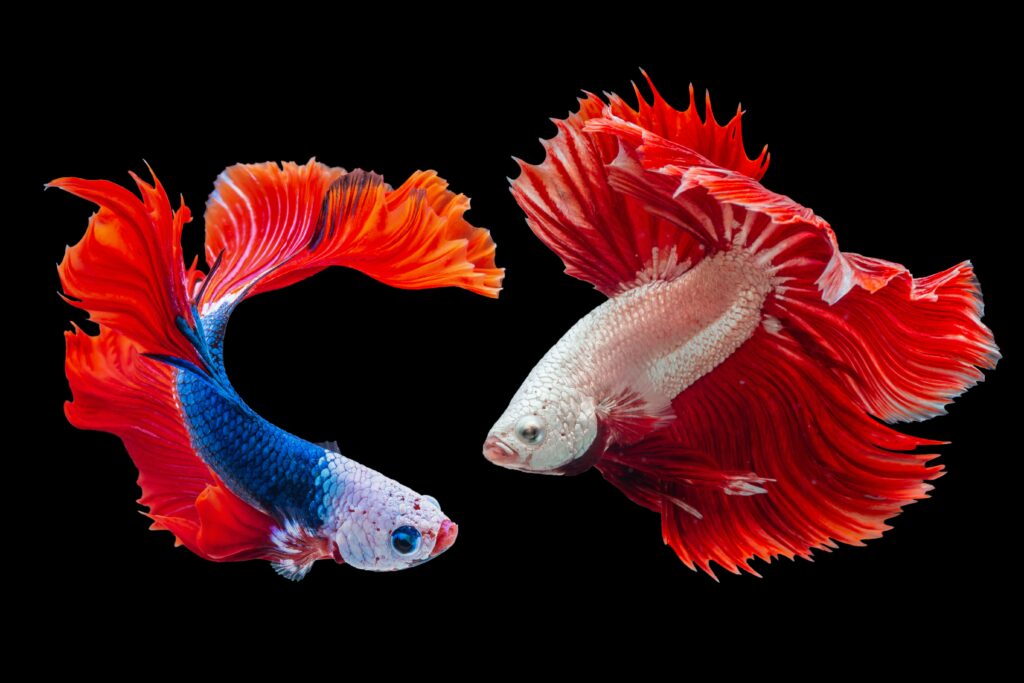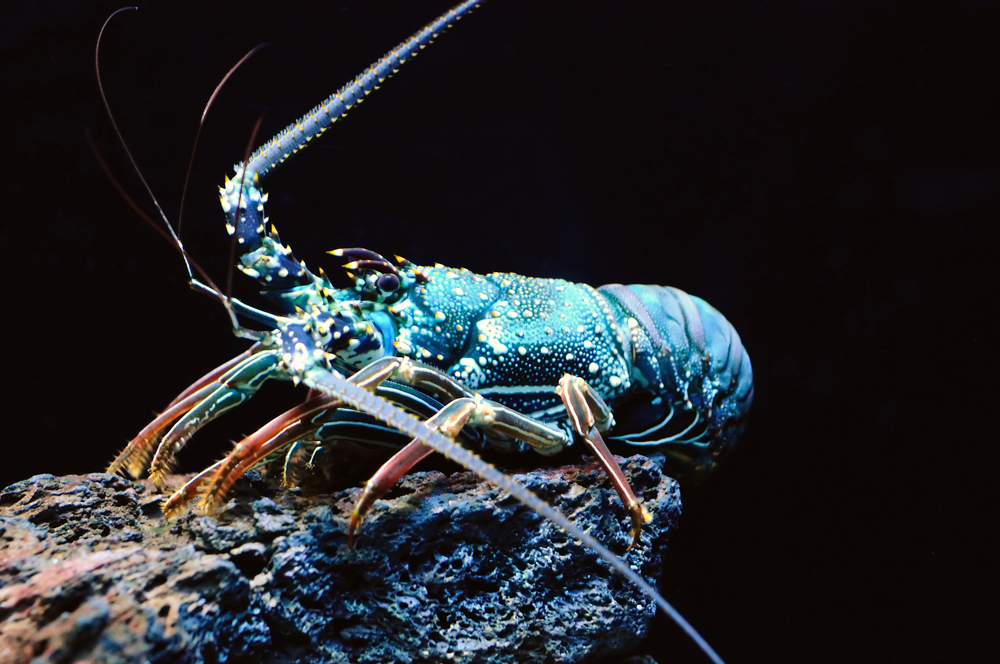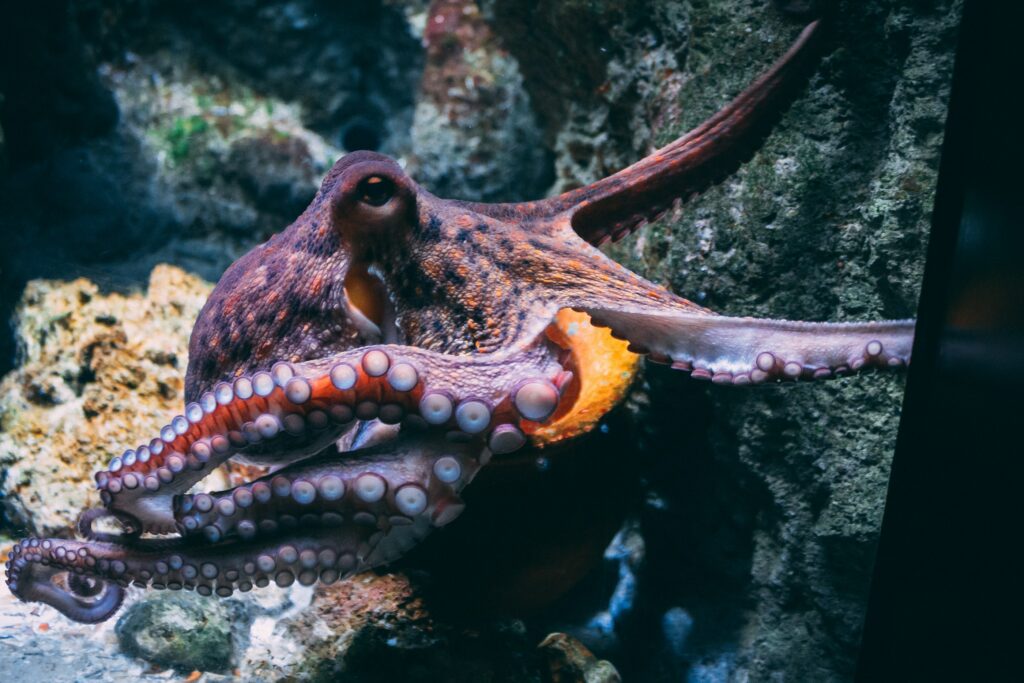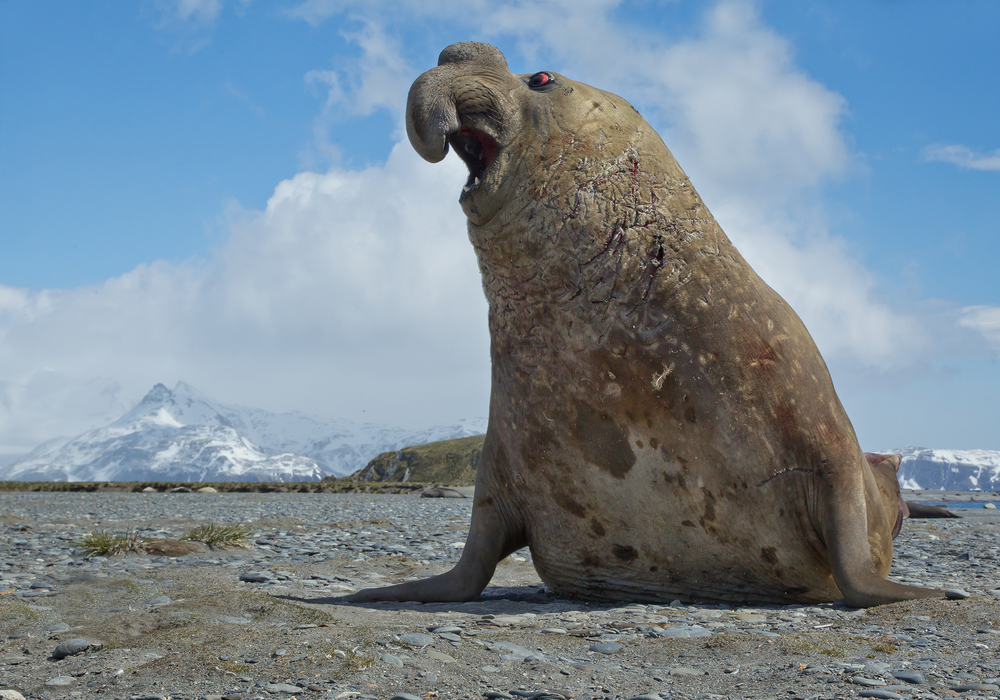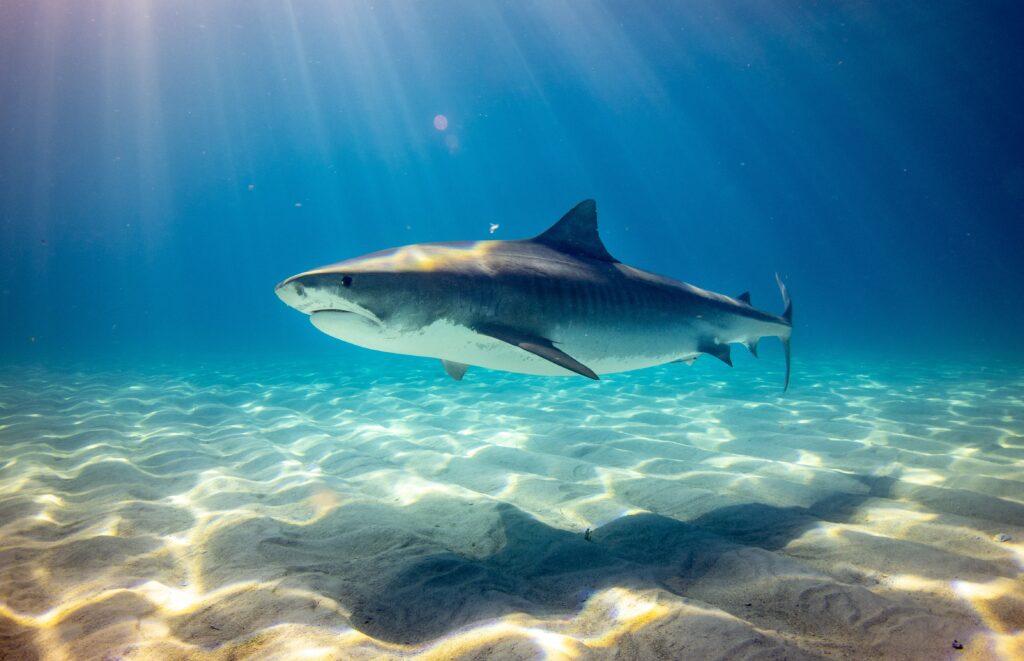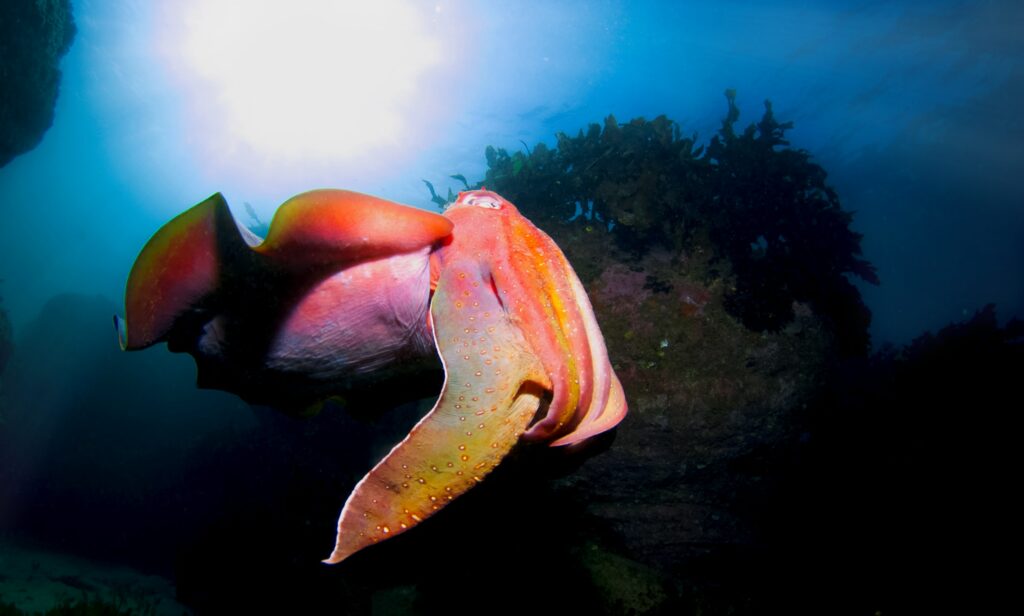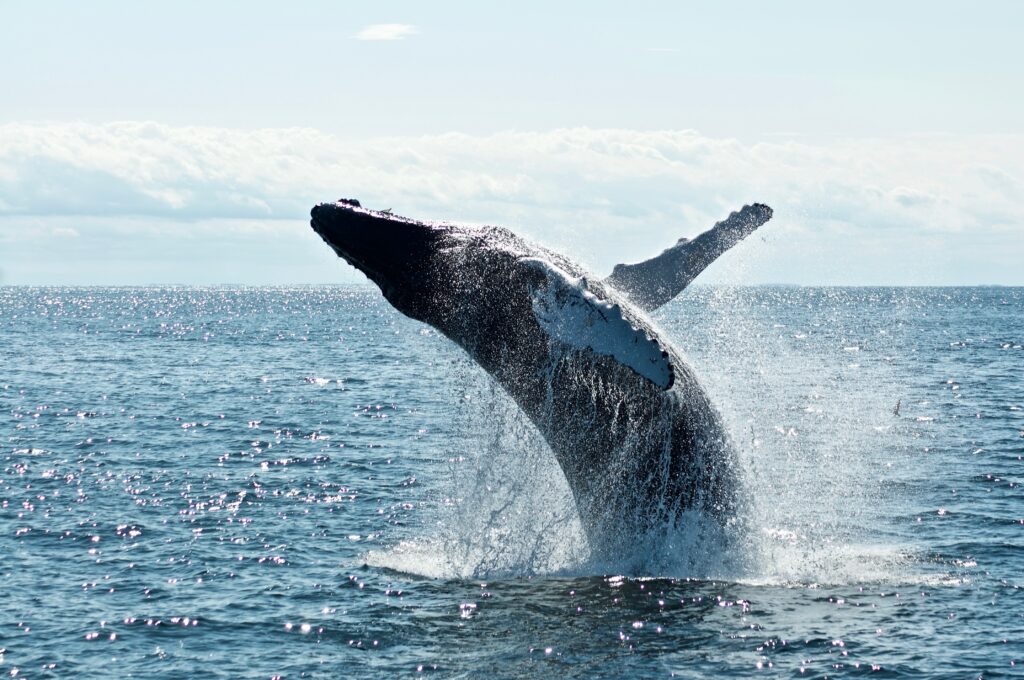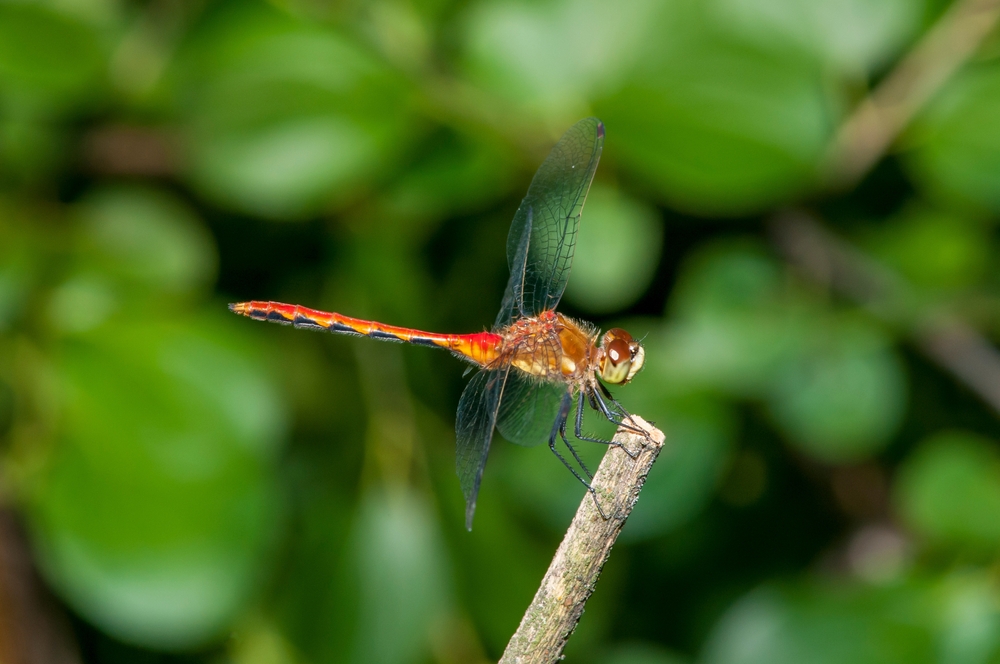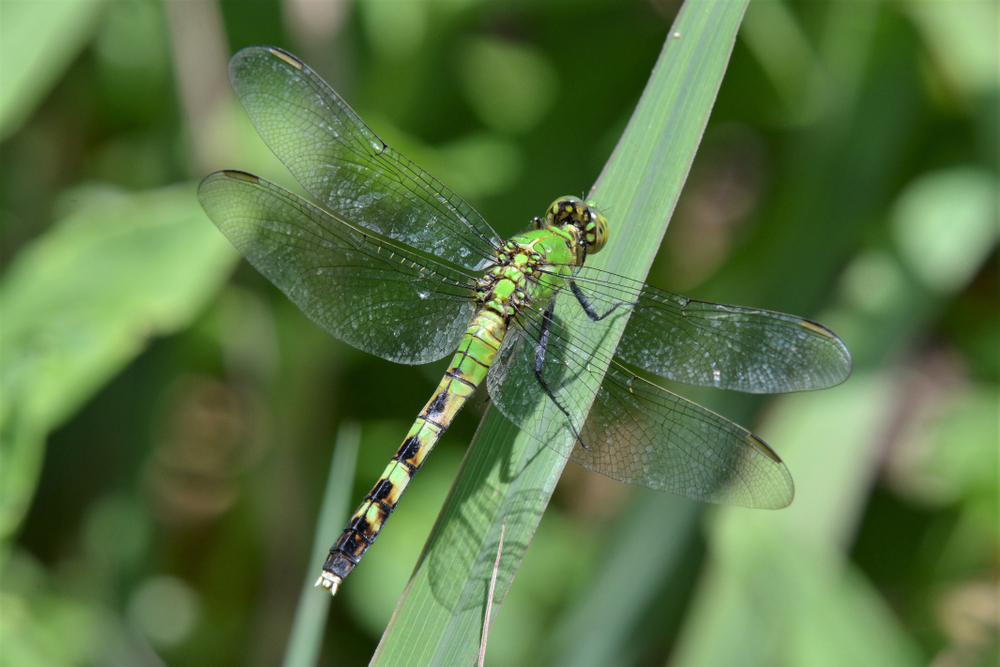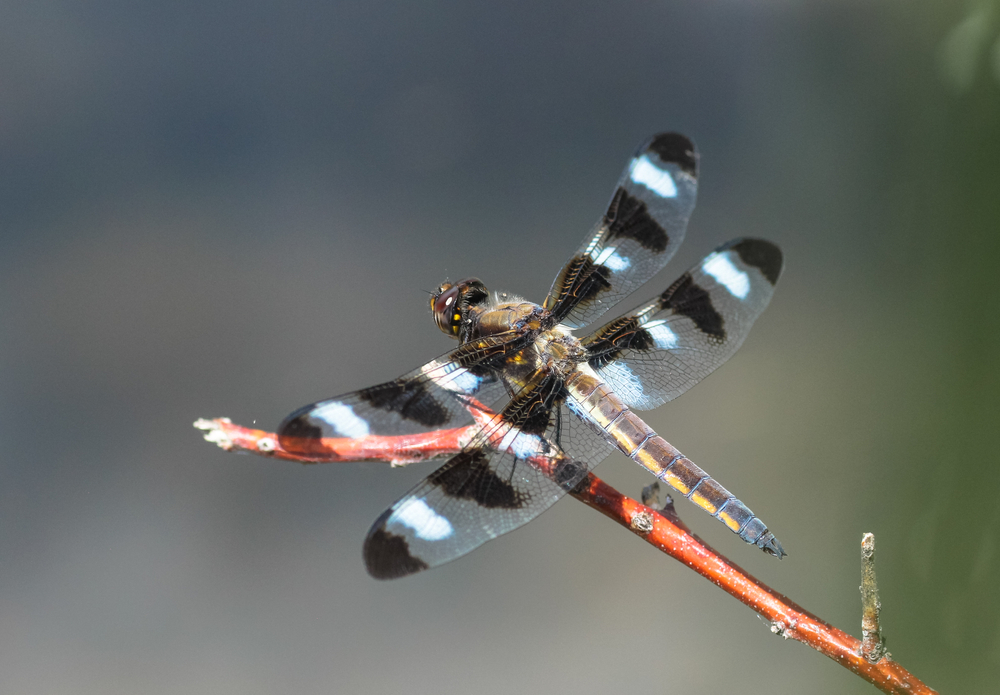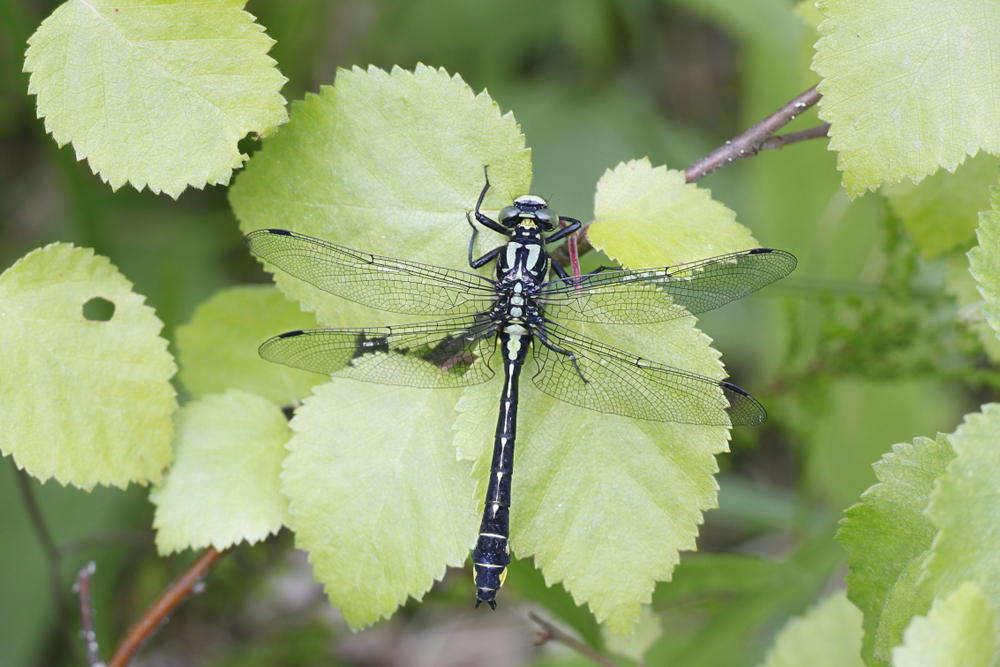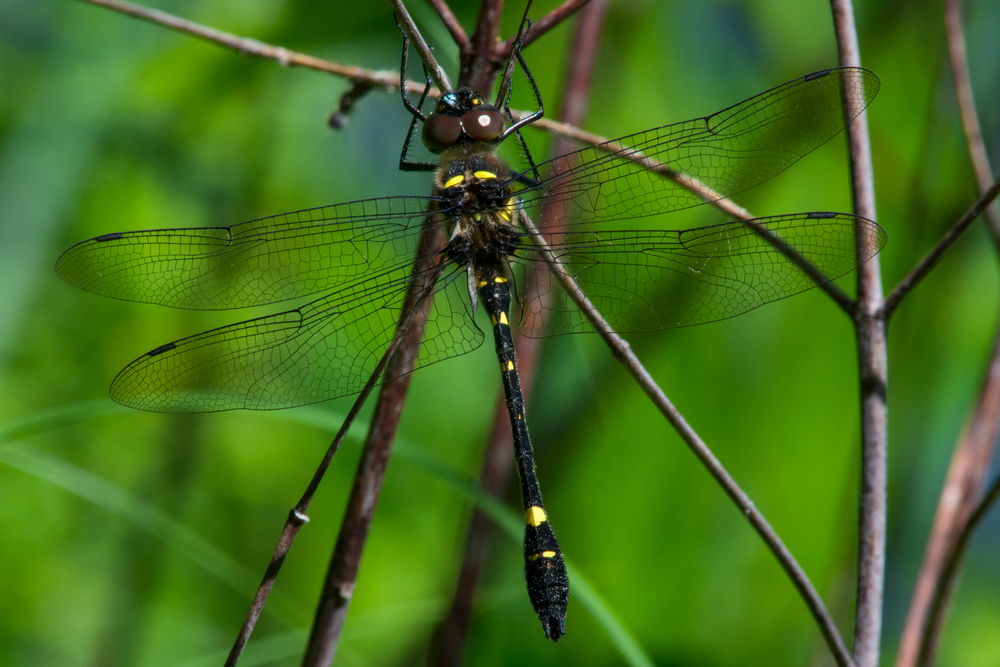The white-faced meadowhawk (Sympetrum obtrusum) belongs to the skimmer family (Libellulidae). Its closest relatives are other Sympetrum species, such as the ruby meadowhawk (Sympetrum rubicundulum) and cherry-faced meadowhawk (Sympetrum internum), which are very similar in size and coloration.
About
The White-Faced Meadowhawk (Sympetrum obtrusum) is a small but vibrant dragonfly known for its bold coloration and widespread presence across North America. It belongs to the family Libellulidae, the skimmers, which includes many of the most familiar dragonflies. This species inhabits ponds, marshes, lakes, and slow-moving streams, where it can be seen perching on grasses or darting after prey during late summer and fall.
Adults are relatively small, typically 1.2–1.6 inches (3–4 cm) long, with clear wings and a slender build. Their most distinguishing feature is the mature male’s bright white face, which contrasts sharply with its brilliant red abdomen and black legs. Females and immature males are yellowish or brown with subtler markings, gradually changing in color as they age.
White-Faced Meadowhawks are highly effective hunters. From low perches, they launch into the air to snatch mosquitoes, flies, gnats, and other small insects with impressive precision. Their behavior of frequently returning to the same perch makes them easy to observe.
Reproduction begins with males defending territories near water and pairing with females in the classic dragonfly “wheel position.” Females lay eggs in flight, dipping their abdomens into shallow water or damp soil near shorelines. The aquatic larvae (naiads) live among submerged vegetation and feed on small aquatic invertebrates until they mature and emerge as adults the following season.
As a widespread and common species, the White-Faced Meadowhawk is an important indicator of healthy wetlands and plays a vital role in insect population control. Its vivid colors, energetic flight, and seasonal abundance make it a favorite among nature observers and photographers alike.
Physical Characteristics
The white-faced meadowhawk is a small but striking dragonfly, recognized for its vivid coloration and distinctive pale face.
Body:
It has a slender, elongated body typical of meadowhawks, with a straight abdomen and narrow thorax, giving it an agile and lightweight build.
Coloration:
Mature males are bright red across the abdomen and thorax, with a contrasting white face that gives the species its name. Females and immature individuals are usually yellowish to brown with black markings, offering camouflage in grass and wetlands.
Head and Eyes:
The head is rounded with large, multifaceted eyes that nearly meet at the top, providing excellent vision for detecting prey. The white face is especially noticeable against the darker body and eyes.
Wings:
They have clear, transparent wings with a slight amber tint near the base in some individuals. Wing veins are finely detailed, with small dark stigmas (spots) near the leading edge.
Size:
Adults are relatively small, measuring about 1.2–1.6 in (30–40 mm) in length, with wingspans of 2–2.5 in (50–65 mm).
Weight:
They are very lightweight, typically less than 0.5 g, aiding in swift, acrobatic flight.
The white-faced meadowhawk’s red body, pale face, and delicate build make it one of the most distinctive and easily recognized dragonflies in North America.
Reproduction
White-faced meadowhawks follow a typical dragonfly reproductive cycle, but with timing adapted to late summer and early fall in cooler regions.
Mating and Courtship:
Males patrol wetlands, ponds, and meadows, perching on grasses or reeds while waiting for females. When a female is receptive, the male clasps her behind the head with his abdominal claspers, and the pair forms the characteristic “mating wheel.”
Egg Laying (Oviposition):
Unlike many dragonflies, white-faced meadowhawks often lay eggs in tandem, with the male still clasping the female as she dips her abdomen repeatedly into shallow water or damp vegetation. Eggs are released singly or in small groups.
Eggs and Development:
Eggs overwinter in mud or aquatic vegetation, hatching the following spring when conditions are favorable. This strategy helps them survive cold northern winters.
Larval Stage (Naiads):
The aquatic larvae live among submerged plants and sediments, feeding on insect larvae, small crustaceans, and other tiny aquatic prey. The larval stage usually lasts a few months, enabling rapid development into adults by summer.
Emergence and Adult Stage:
Naiads crawl from the water and molt into winged adults, which live for several weeks to a few months, focusing on reproduction before winter.
The white-faced meadowhawk’s reproductive cycle, especially its overwintering eggs and tandem egg-laying, reflects adaptations to northern climates and seasonal wetlands.
Lifespan
The white-faced meadowhawk has a relatively short lifespan compared to larger dragonflies, with most of its life spent as an aquatic larva.
Lifespan in the Wild:
The aquatic larval stage lasts about 1 year. Eggs laid in late summer or fall overwinter and hatch the following spring, with larvae growing rapidly through the summer.
Adult Stage:
Adults typically live 4–8 weeks, emerging in mid to late summer. Their short adult life is spent feeding, mating, and reproducing before the onset of colder weather.
Lifespan in Captivity:
They are rarely kept in captivity, but when raised under controlled conditions, their lifespan follows the same pattern: about a year total, with only a few weeks as adults.
Threats to Longevity:
Larvae are vulnerable to fish, amphibians, and aquatic insects, while adults fall prey to birds, frogs, and larger dragonflies. Habitat loss and pesticide use also reduce survival rates.
The white-faced meadowhawk’s lifespan is dominated by its larval year, with the brief but vivid adult stage marking the culmination of its life cycle.
Eating Habits
White-faced meadowhawks are agile predators, feeding actively both as aquatic larvae and as flying adults.
Diet (Larvae/Naiads):
In their aquatic stage, they prey on mosquito larvae, aquatic insects, worms, small crustaceans, and even tiny fish or tadpoles when available.
Diet (Adults):
As adults, they hunt flying insects such as mosquitoes, gnats, midges, flies, moths, and small butterflies. Their spiny legs form a basket to snatch prey midair, which they consume while perched or in flight.
Feeding Behavior:
Larvae are ambush hunters, lying in wait among vegetation or sediment before shooting out extendable mouthparts to capture prey. Adults are visual hunters, patrolling meadows, wetlands, and pond edges with swift, darting flights.
Role in the Ecosystem:
They help regulate populations of mosquitoes and other small insects, while serving as food for birds, amphibians, and larger dragonflies.
The white-faced meadowhawk’s dual role as an aquatic ambush predator and aerial insect hunter makes it an important part of both wetland and meadow ecosystems.
Uniqueness
The white-faced meadowhawk stands out among dragonflies for its appearance, seasonal timing, and behaviors.
Distinctive Face:
Adults are easily recognized by their pale white face, a sharp contrast to their red or brown bodies, making them one of the most identifiable meadowhawks.
Brilliant Male Coloration:
Mature males turn a vivid red across the abdomen and thorax, while females and immatures remain brown or yellow, showing clear sexual dimorphism.
Late-Season Flyers:
Unlike many dragonflies, they are active into late summer and fall, often among the last dragonflies seen before cold weather.
Tandem Egg-Laying:
Pairs frequently remain attached while laying eggs, a behavior not as common among other dragonflies.
Adaptation to Cold Climates:
Their eggs overwinter, allowing the species to thrive in northern habitats where winters are harsh.
The white-faced meadowhawk’s striking coloration, white facial marking, and seasonal adaptations make it one of the most unique and easily recognized dragonflies in North America.
Be the First to Share Photos of This Species.
FAQ’s
1. What species is closest to the white-faced meadowhawk?
2. How does the white-faced meadowhawk compare to other species in the same family?
Compared to other Sympetrum dragonflies, the white-faced meadowhawk is smaller and easily distinguished by its pale white face. Males are bright red, while females remain brownish, a contrast less pronounced in some relatives.
3. What national parks provide the best opportunities to see a white-faced meadowhawk?
They are common in northern U.S. and Canadian wetlands. Parks such as Voyageurs National Park (Minnesota), Isle Royale National Park (Michigan), and Banff National Park (Canada) provide excellent opportunities to see them.
4. In what parts of the world can you find white-faced meadowhawks?
They are native to North America, found across Canada and the northern United States, especially in ponds, lakes, meadows, and marshes.
5. How many types of white-faced meadowhawks are there?
There is one recognized species, Sympetrum obtrusum, but it is part of a larger group of about 50 Sympetrum species worldwide, many of which are difficult to distinguish without close examination.
